
EVERYTHING PROCEDURAL
EPC2025
22-25 April 2025
CONFERENCE ON PROCEDURAL GENERATION FOR GAMES
meet and share knowledge
From Tuesday April 22 to Friday April 25 2025 Breda University of Applied Sciences will host the Everything Procedural Conference for a variety of lectures, talks, demonstrations and masterclasses in the field of procedural content generation for games on our beautiful campus. The event offers many opportunities to meet and share knowledge with fellow developers.
The first Everything Procedural Conference took place in 2016. In the years since we have gained strong recognition as a leading conference in the field of procedural content for games.
Conference
THURSDAY 24-04-2025 & FRIDAY 25-04-2025
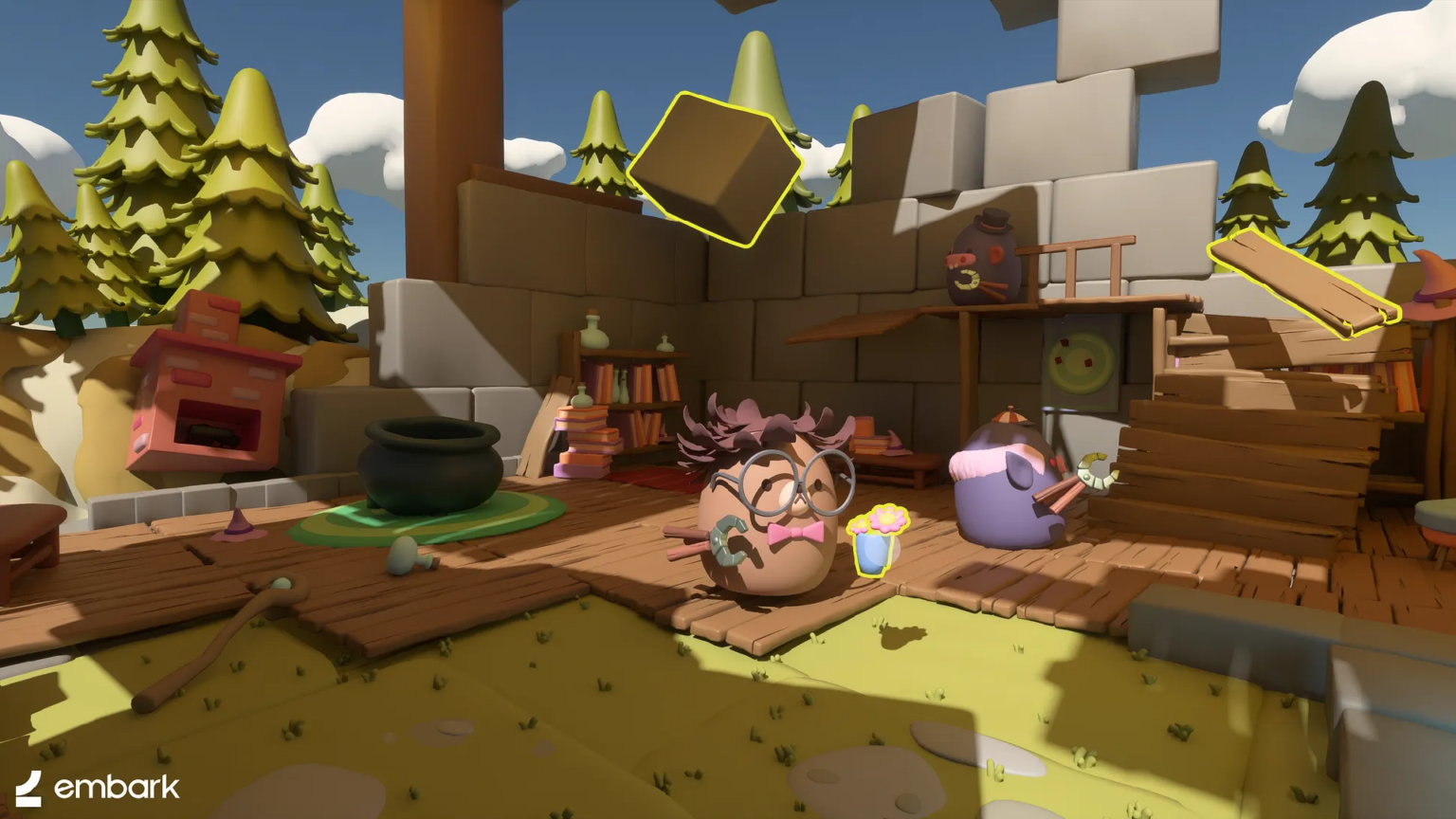
Creative Support for Game Writing: How LLMs can Complement Human Creativity
While the generative power of LLMs is exciting, using them purely for direct content generation comes with challenges—plagiarism risks, unsafe outputs, and a tendency toward homogenization. At Embark, the ML and narrative teams have been experimenting with alternative applications, focusing on mixed-initiative workflows that enhance rather than replace human creativity. Though still in an exploratory phase, this work has provided valuable insights into the potential and limitations of LLM assisted writing. In this talk, Ashwathy will showcase prototypes of the tools they’ve been exploring, discuss the challenges encountered, and share how these experiments are shaping their understanding of writing with LLMs in games.
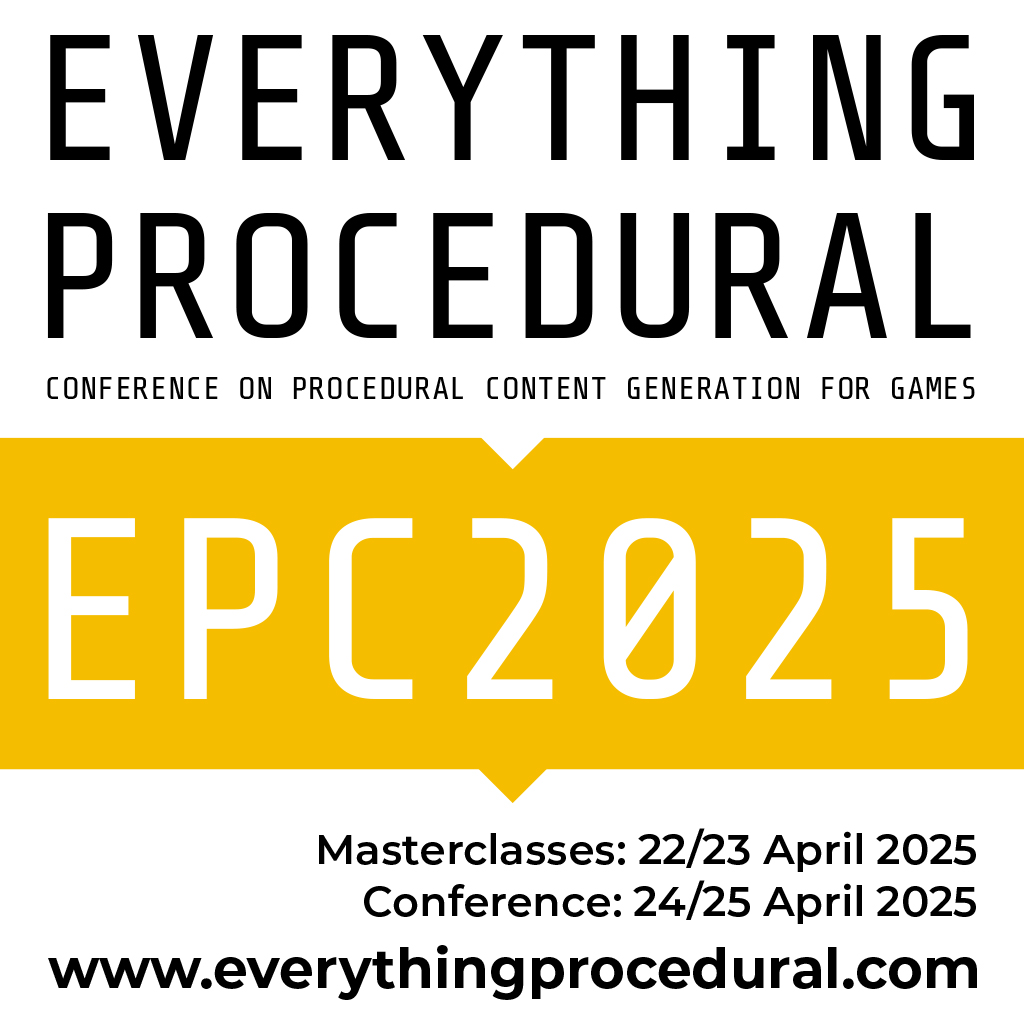
Ashwathy Revi
Embark Studios
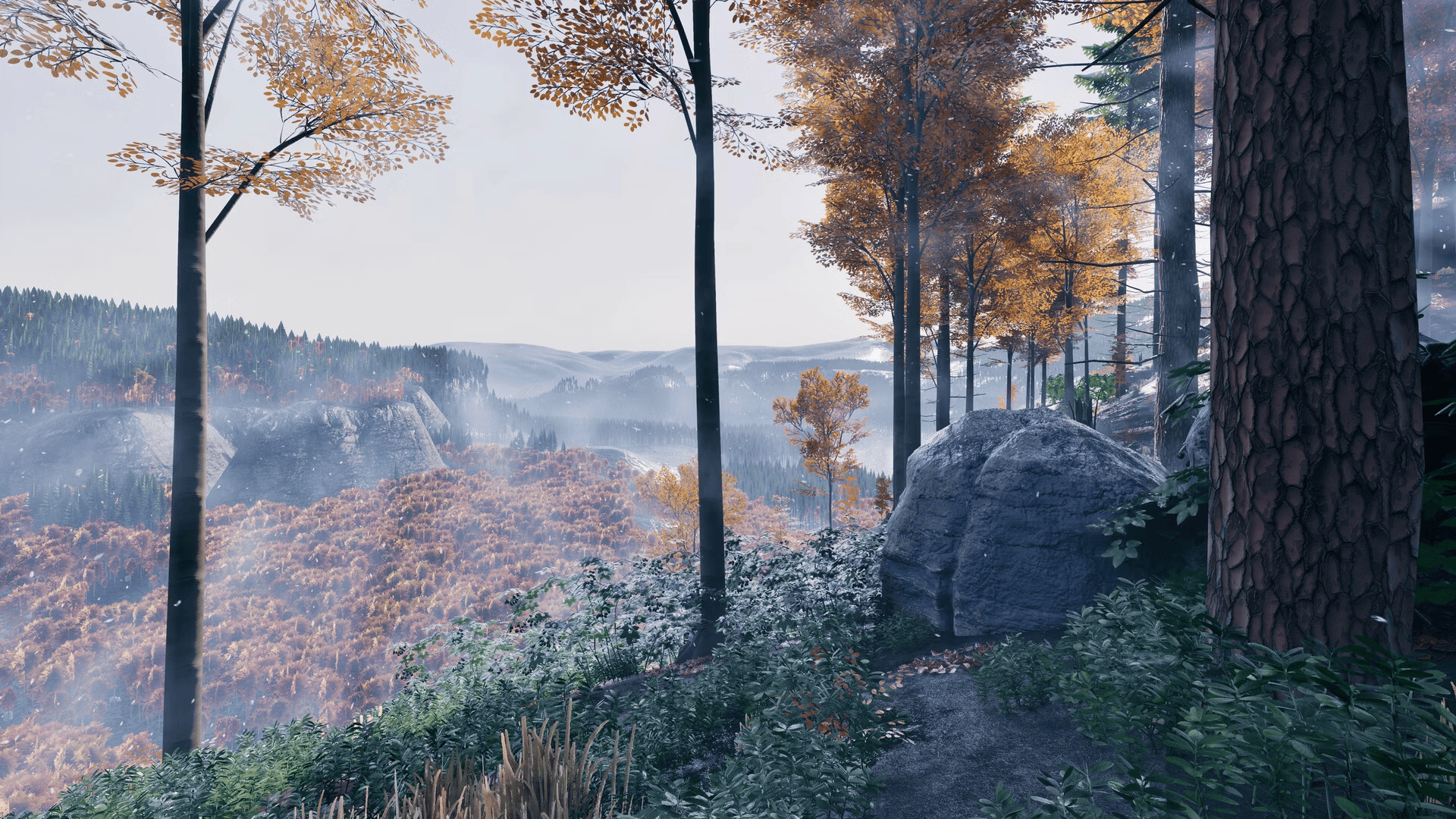
Project Artemis: Generating worlds from the top down and the bottom up with Machine Learning
At PLAYERUNKNOWN Productions, the long-term goal is to create interesting worlds where thousands of players can coexist and experience emergent gameplay. In their conference talk, Joey and Patrick will discuss how the studio combines machine learning (ML) and procedural techniques to generate terrain for their games. Their projects, Prologue and Preface, showcase how they use ML to generate worlds on large planetary scales (Preface) and interesting game levels on small scales (Prologue). These ML methods are seeded by and feed into more classical procedural techniques. By combining these two techniques, PLAYERUNKNOWN Productions are on their way to achieving their goal of creating interesting worlds which encourage emergent gameplay.
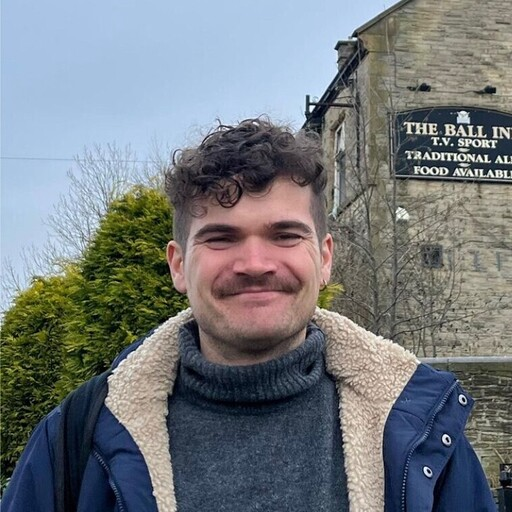
Joey Faulkner
PLAYERUNKNOWN Productions
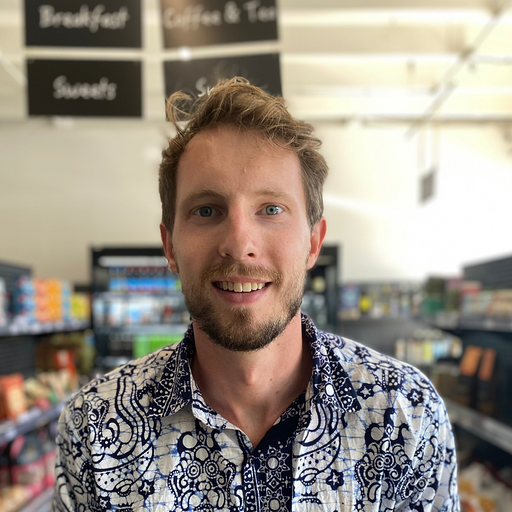
Patrick McCaffrey
PLAYERUNKNOWN Productions
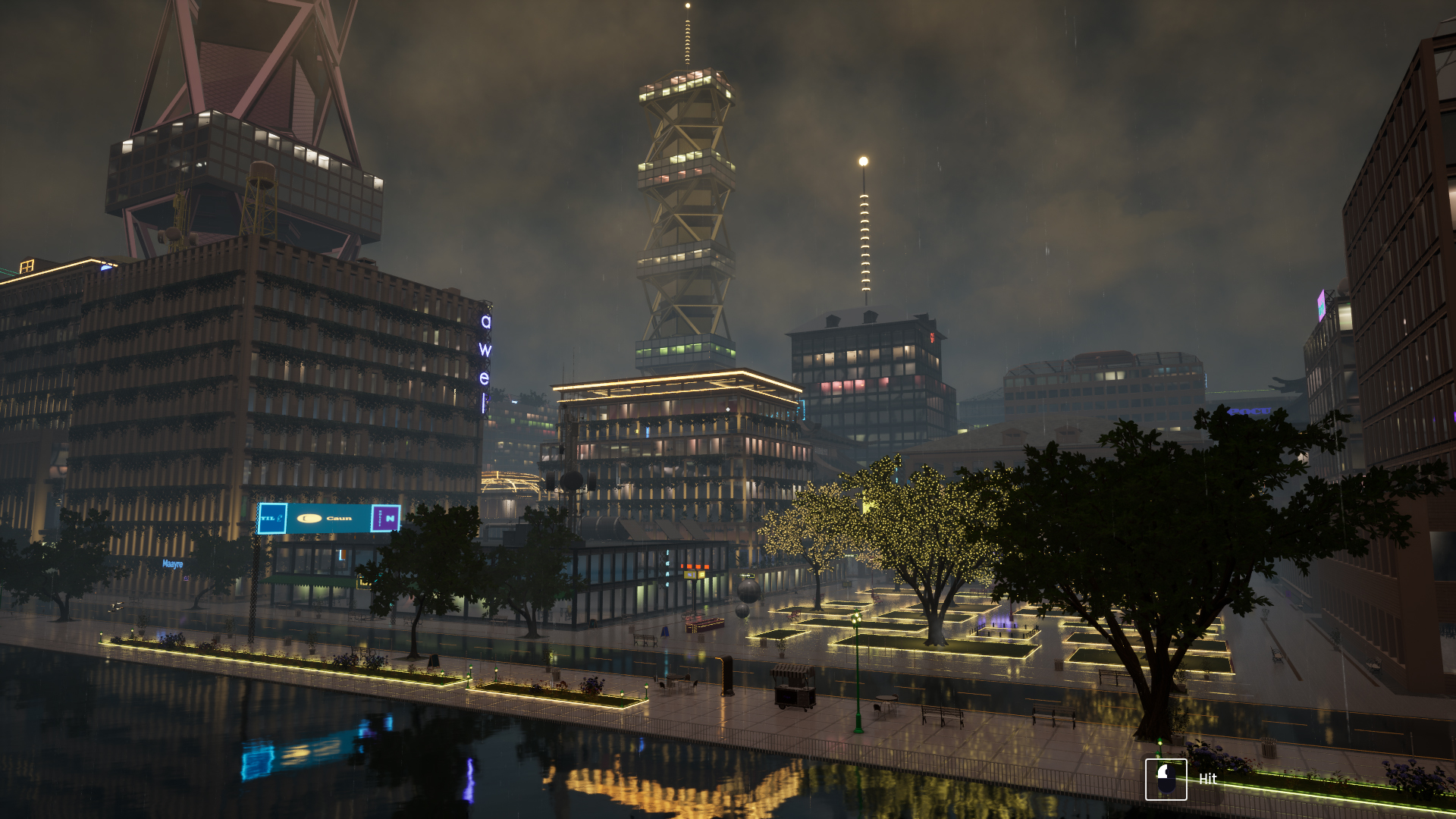
One of the Many Ways to Build a Procedural City
Creating a vast and dense virtual city is often considered the holy grail of procedural generation. While there are many ways to achieve this, the task would be impossible without constraints and limitations. In this talk, Larissa will discuss the process and design decisions that enabled the creation of a massive procedural city environment in Unreal Engine 5, where every building can be entered, using a custom procedural generation framework.
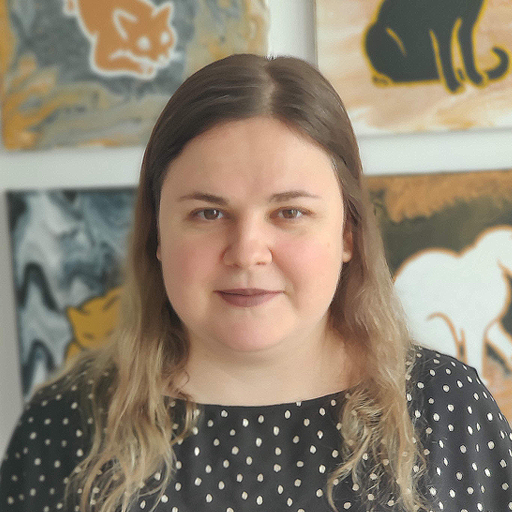
Larissa Davidova
Independent Game Developer
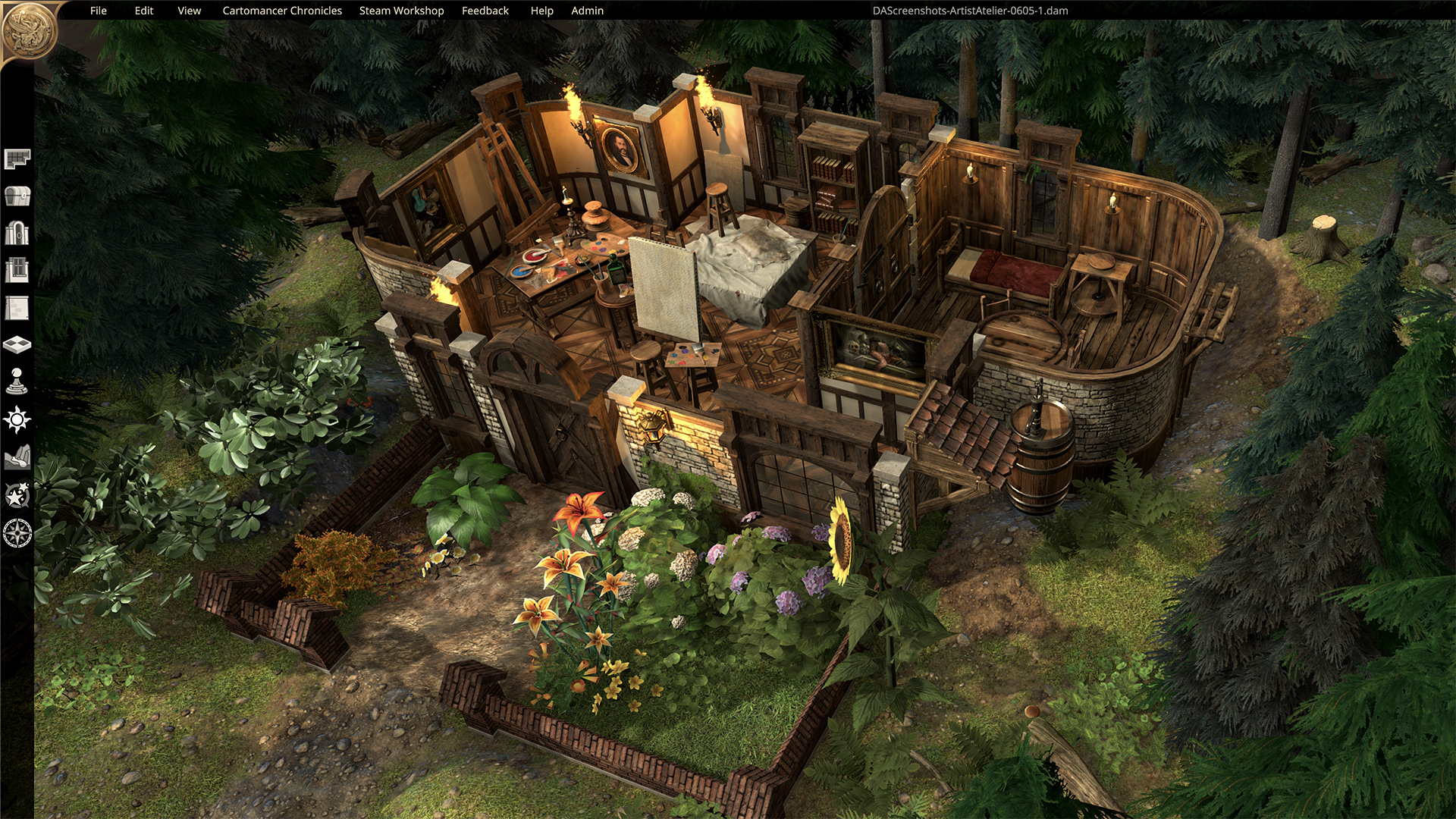
The Procedural Systems behind Dungeon Alchemist
Dungeon Alchemist is a fantasy mapmaking tool that employs procedural systems to allow its users to quickly generate beautiful, professional-quality battlemaps for their roleplaying games. In this talk, Karel, the lead programmer of Dungeon Alchemist, will go over the different procedural layers that make this happen. He will cover a wide range of topics, from terrain generation and room layout design to low-level mesh manipulation.
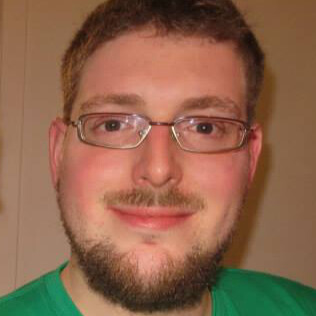
Karel Crombecq
Lead Programmer - Briganti
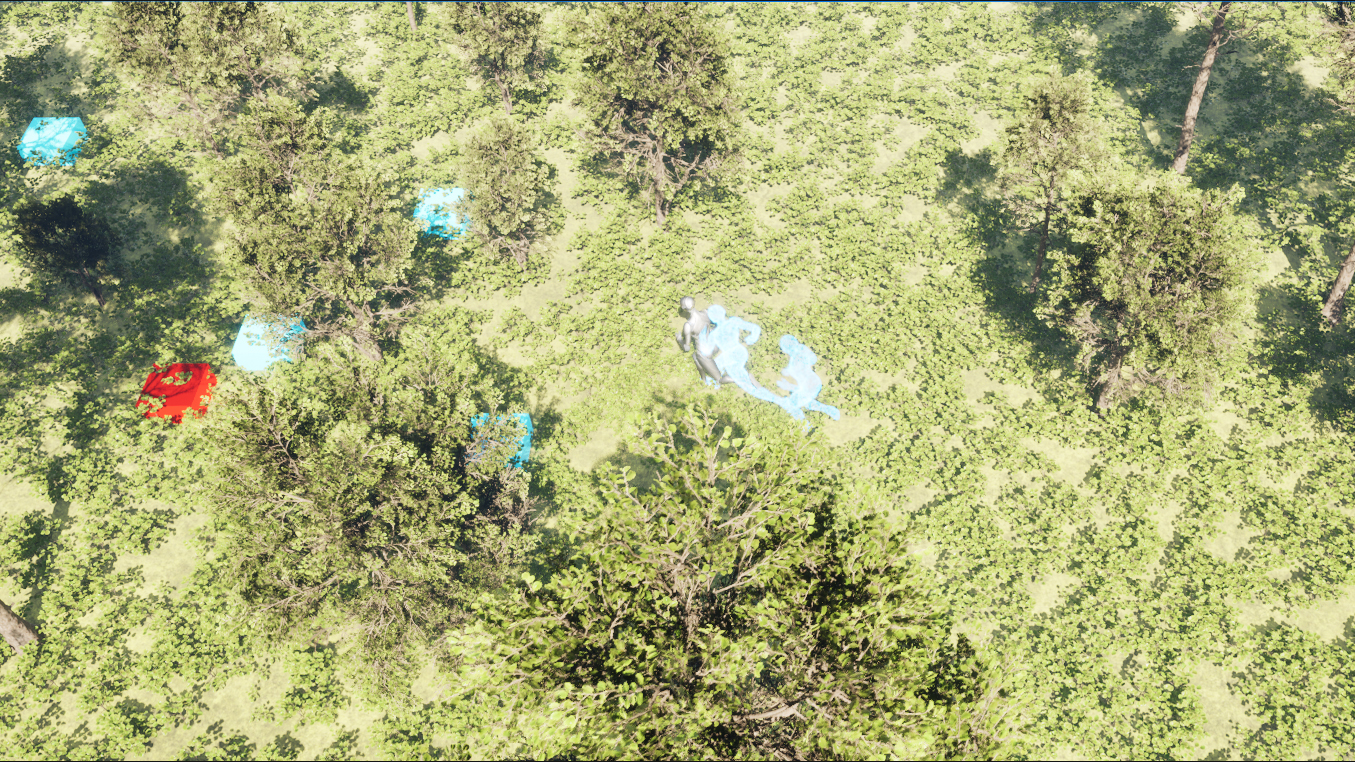
Revisiting Snake - PCG at runtime in UE5
On top of being used to generate offline, the PCG plugin in UE can also generate at runtime, with gameplay interaction. In this presentation, Adrien will revisit a classic game: Snake with a PCG twist. He will show us how to have gameplay elements impact the generation at runtime, but also how to profile the cost of PCG with some hints on how to adapt it to different platforms like Mobile. All while using the latest and greatest of PCG in UE 5.5.
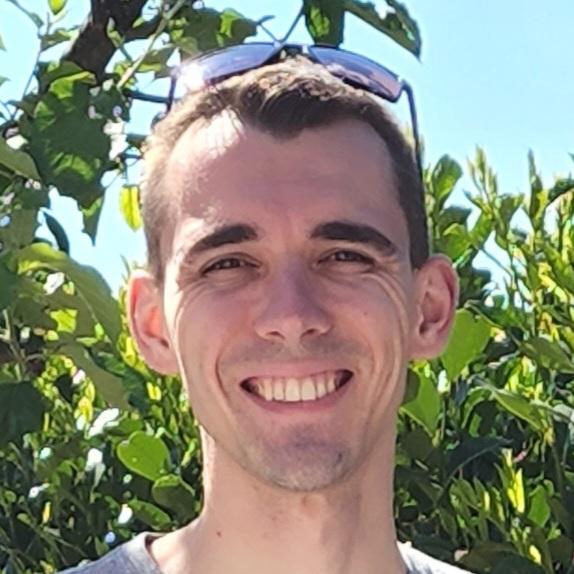
Adrien Logut
Epic Games Montreal
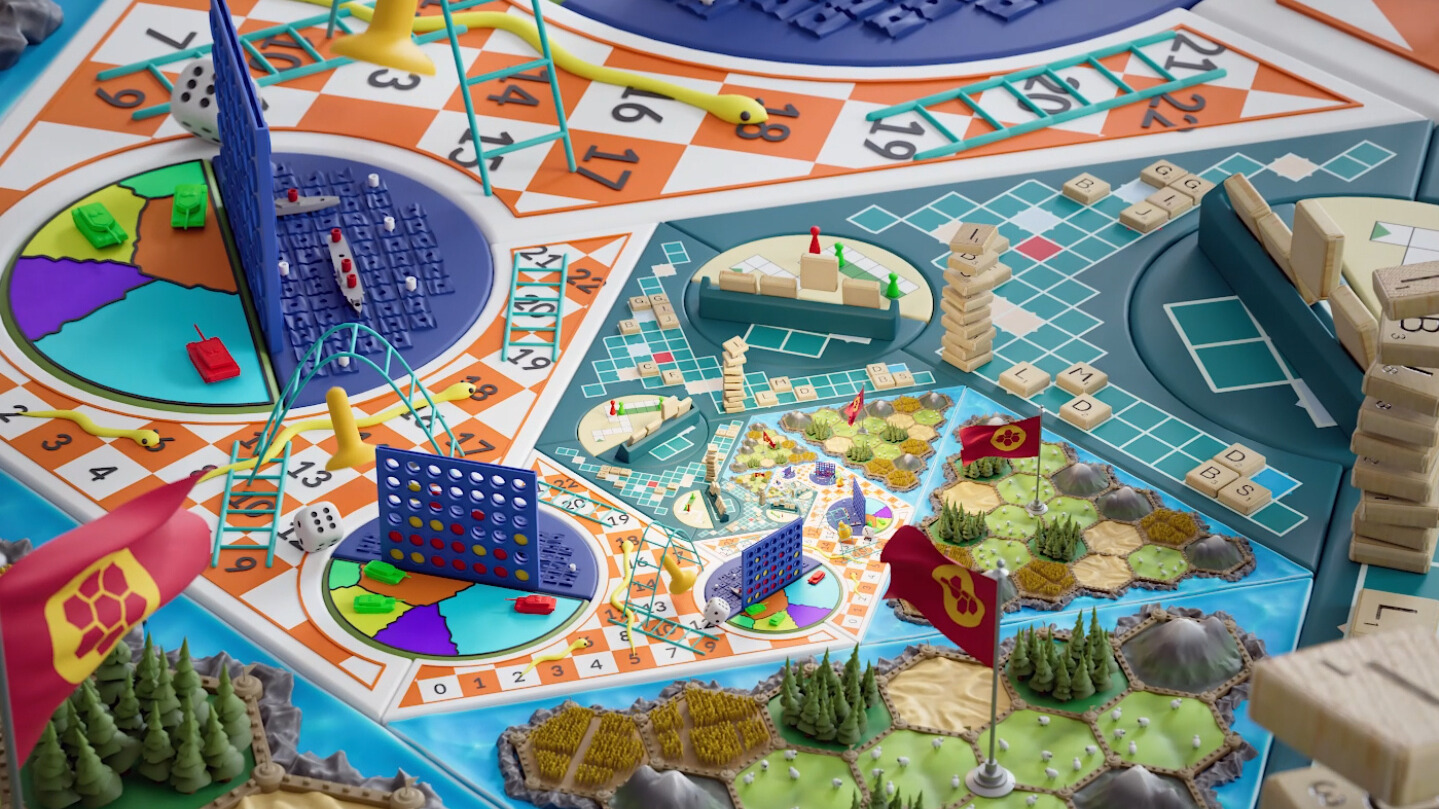
Creative ember from Nodevember to December
Over the last couple of years, for Nikola, Nodevember has been the perfect launchpad for exploring procedural modeling and animation through quick (and occasionally more elaborate) experiments. Using Houdini as a primary tool, these explorations pushed the boundaries of creativity within the constraints of the event’s themes. This talk will delve into the technical challenges faced, the artistic decisions made, and the lessons learned along the way, offering insights into how constraints can fuel new perspectives.
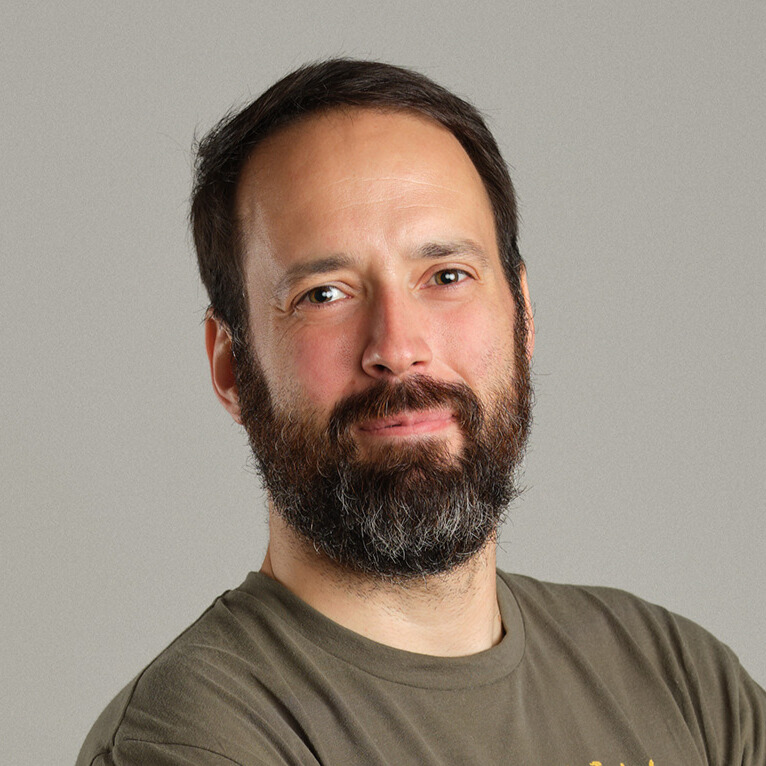
Nikola Damjanov
Principal Technical Artist - Nordeus
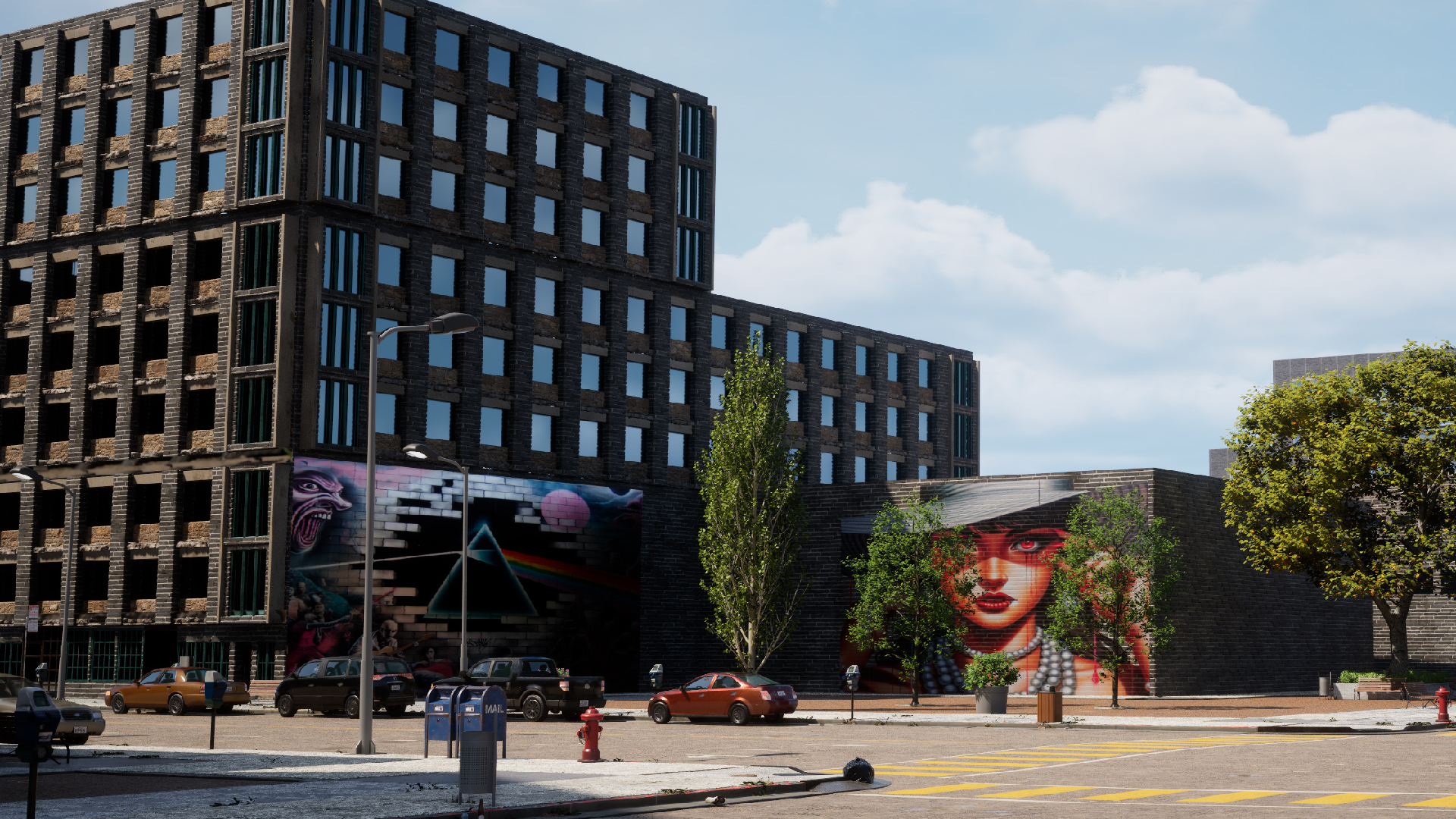
Worlds from Words
Superworld demonstrates how LLMs transform natural language into procedural Houdini workflows, instantly generating terrains and cities from text prompts. Our pipeline automatically manages thousands of technical parameters, making sophisticated Houdini capabilities accessible to anyone regardless of technical expertise. This revolutionary approach represents the future of creative tool interaction, where AI comprehension meets procedural power to democratize content creation while preserving artistic control.
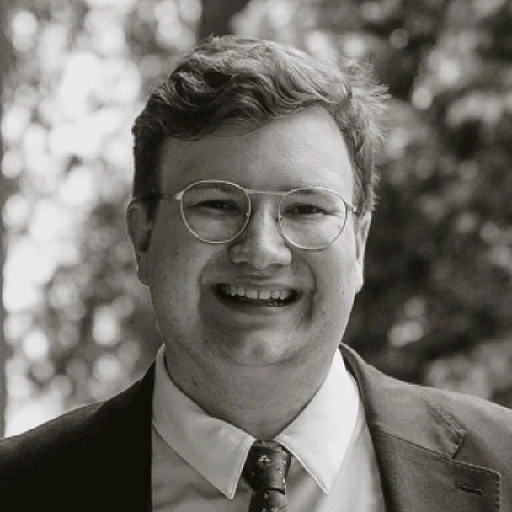
Thomas Tobin
Supermodel
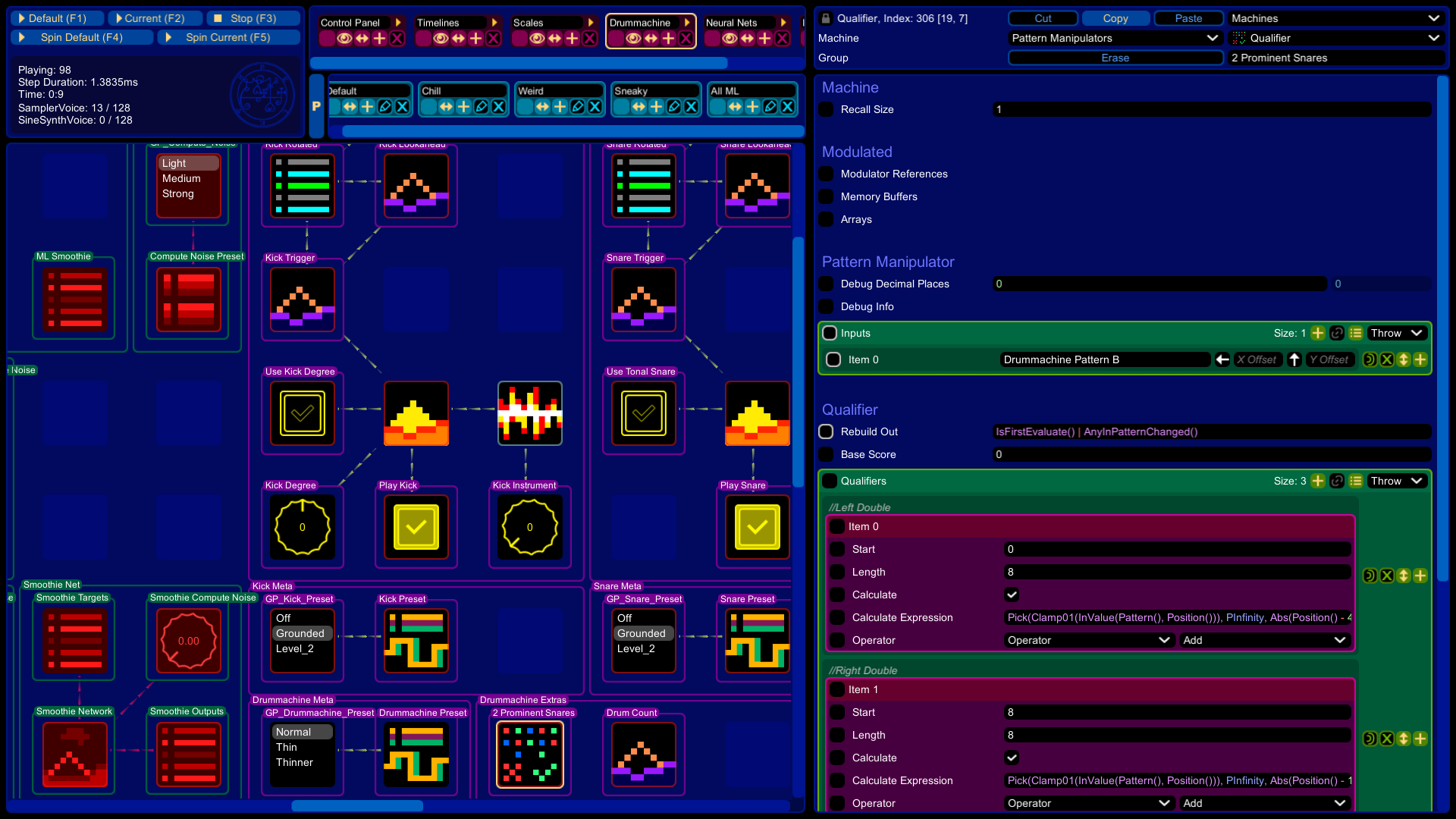
Music Algorithm Smorgasbord
Niklas developed custom music software that enables music to react much more dynamically to game events than conventional tools allow. In this talk, he will walk you through several of the algorithms he uses and showcase how they sound in action.
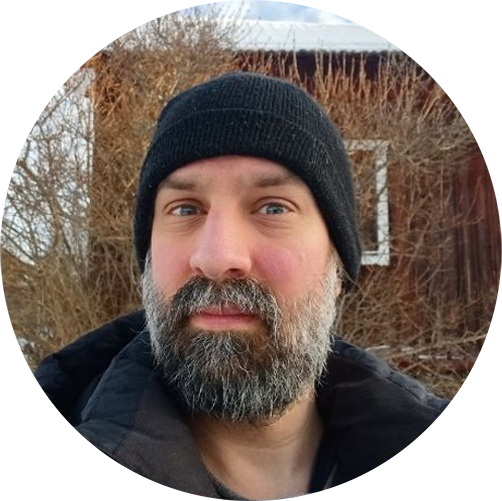
Niklas Nygren
Game Designer / Adaptive Music Specialist - Nifflas' Games
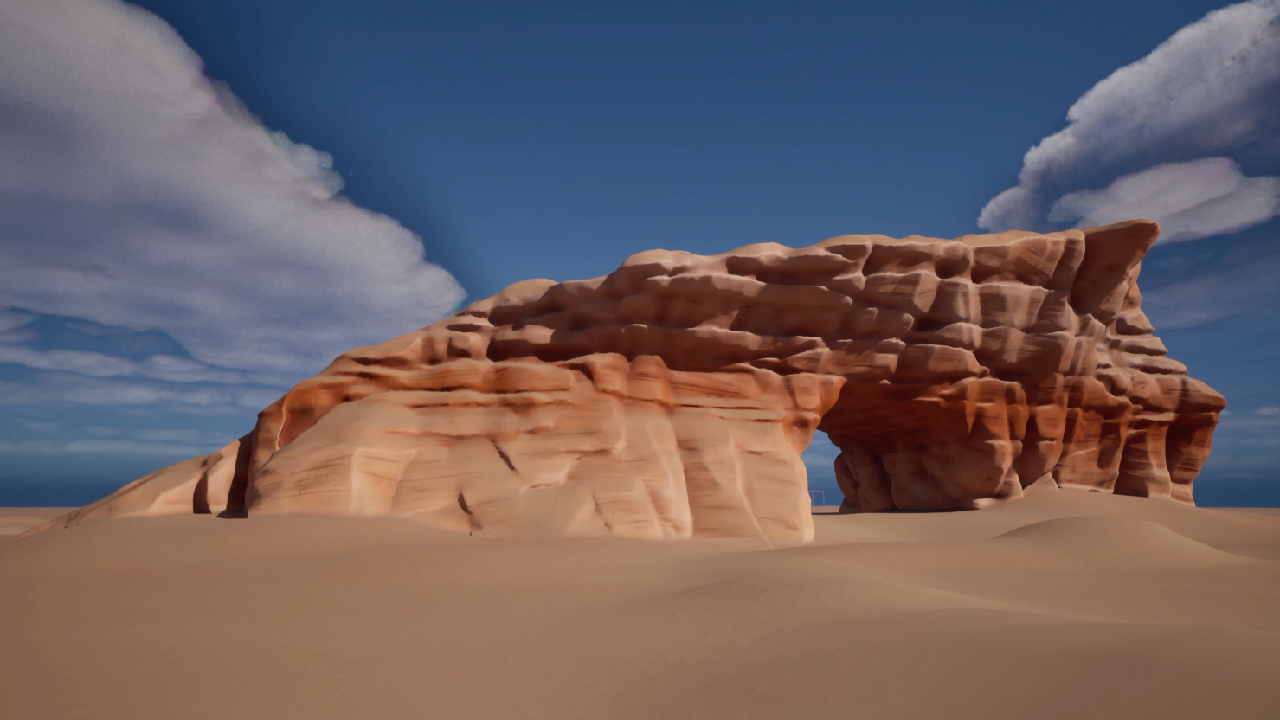
Why You Should Open Source
Mythica is a company focused on building foundational tools for procedural game development. Slater Victoroff will explain why open sourcing our tools is the best choice for both our company and the industry. We’ll explore the challenges and benefits of open source and why you should consider it too.
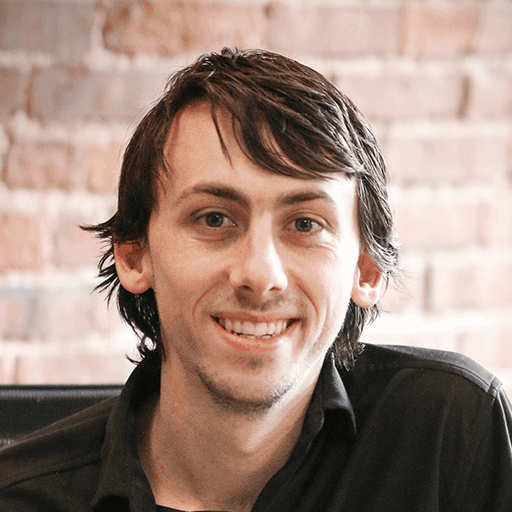
Slater Victoroff
Mythica
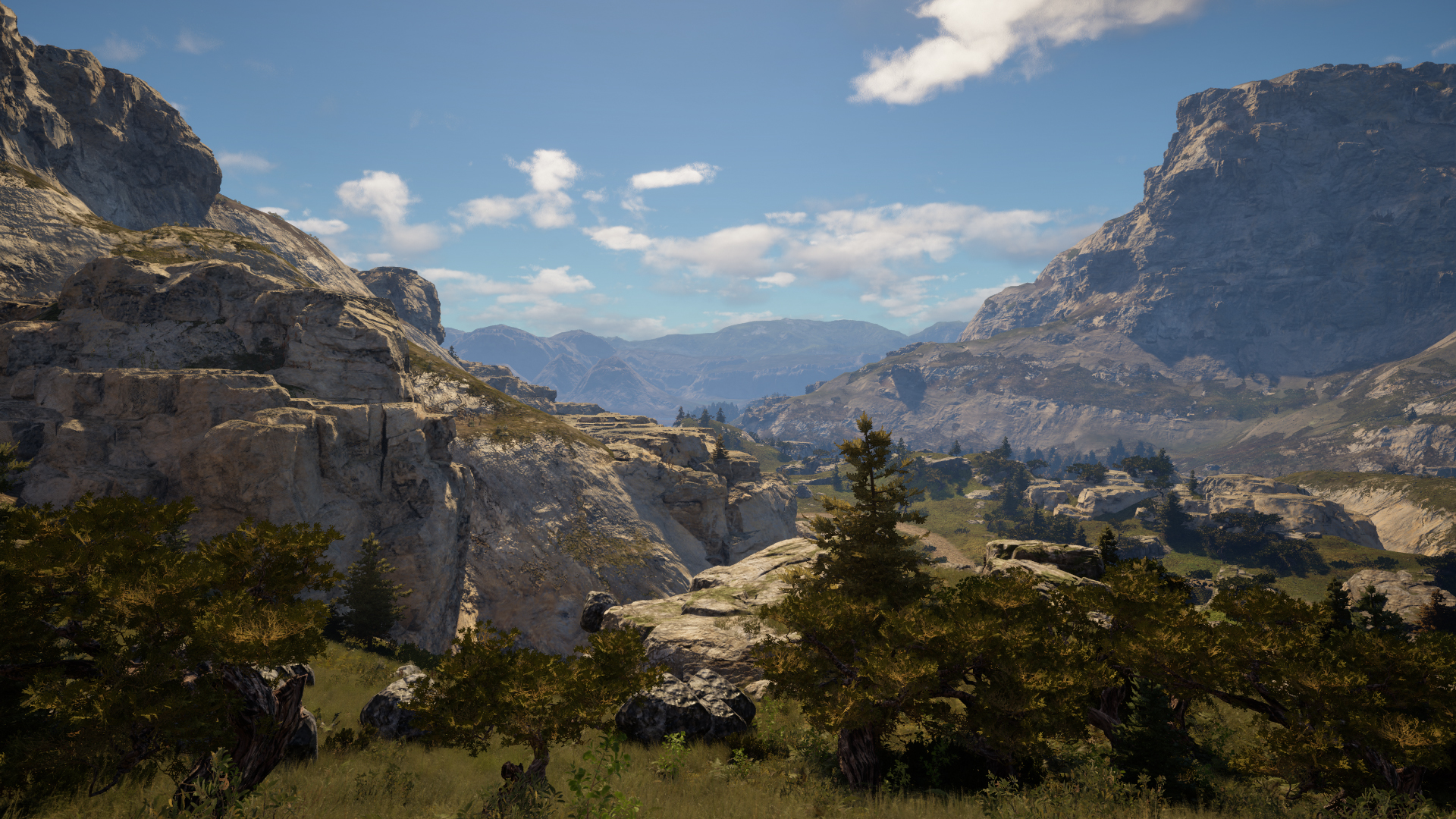
Generating the World of Pax Dei
Learn how Mainframe creates the massive world for their MMO using Houdini, Unreal Engine 5, and a small team. This talk covers everything from technical design philosophy and pipeline development to key details and lessons learned.
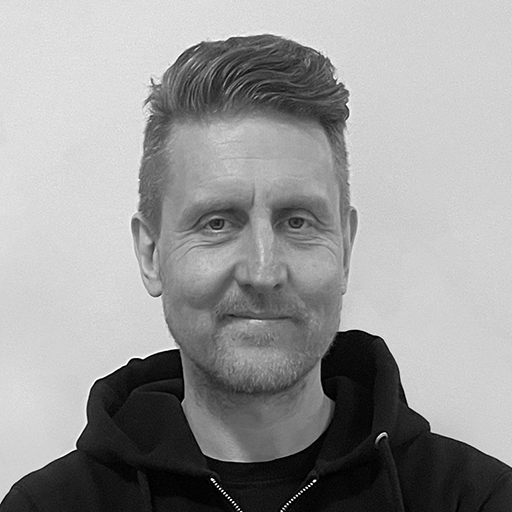
Eetu Martola
Lead Technical Artist / Co-founder - Mainframe
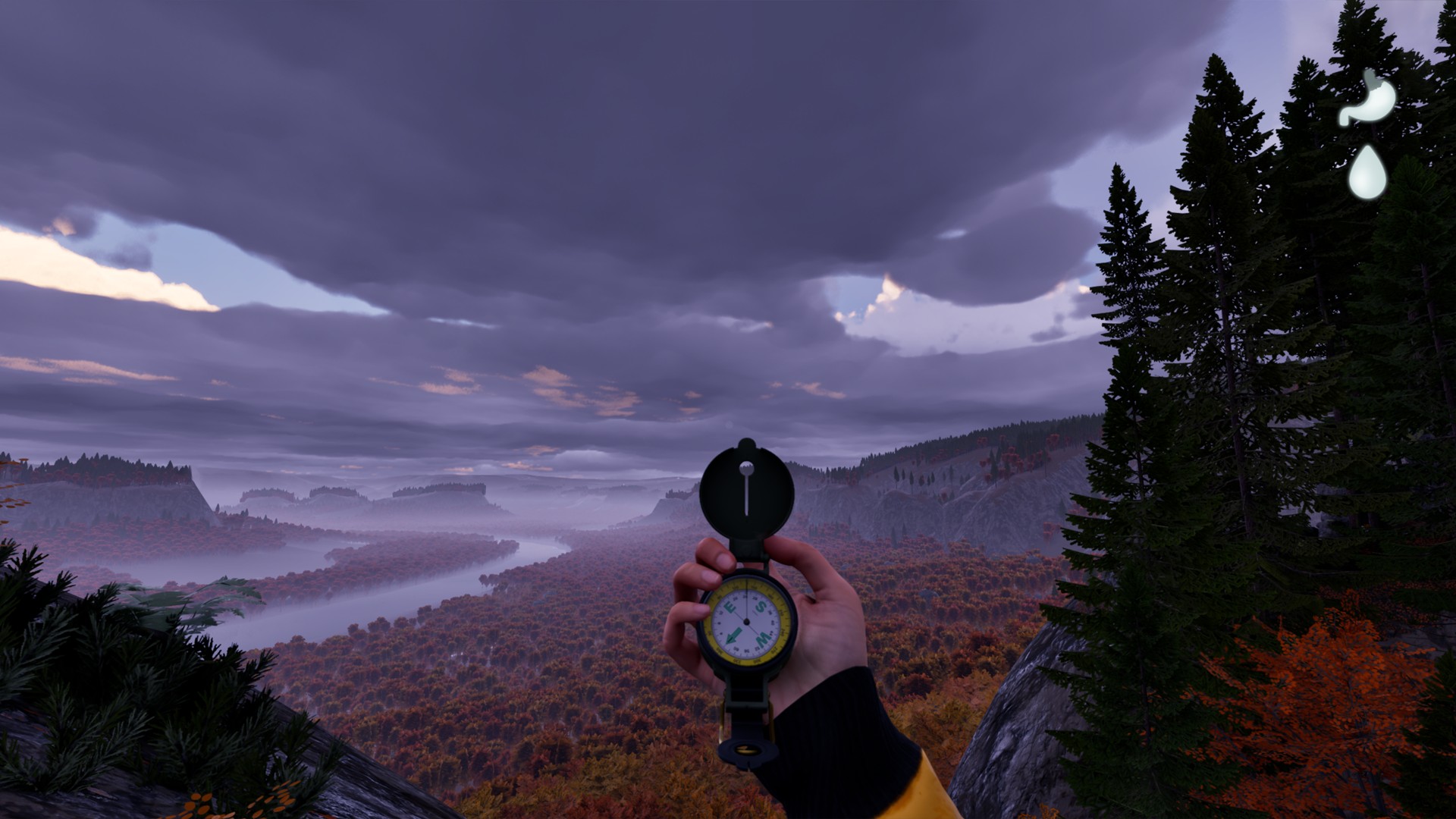
Procedural generation in Prologue: Go Wayback!
During this talk, Remco and Michael will share their experiences working on Prologue: Go Wayback! They will take us from the implementation of procedural techniques, the use of PCG inside of Unreal, and working with machine learning in their terrain pipeline with Houdini to the challenges and limitations they encountered in the process.
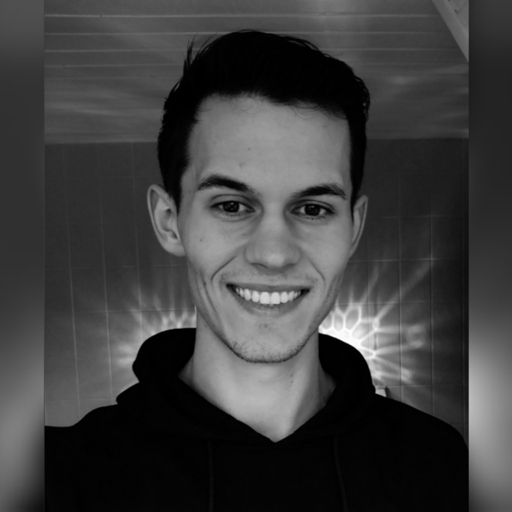
Remco van de Ven
PLAYERUNKNOWN Productions

Michael van den Berg
PLAYERUNKNOWN Productions
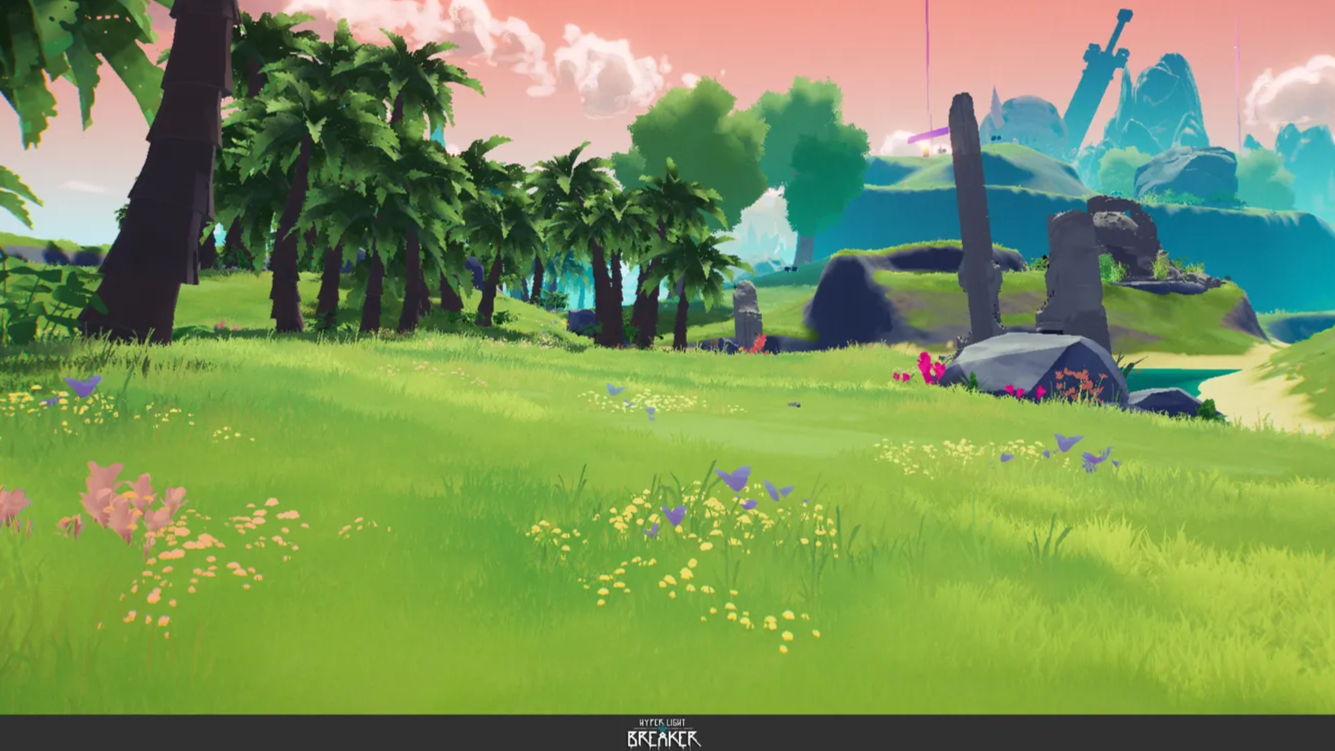
Building the World of Hyper Light Breaker in Houdini and Unreal
In this presentation, Len and Christian will cover how a small team at Heart Machine utilized Houdini and Unreal to build a procedural world for the open-world rogue-like game: Hyper Light Breaker, currently in Early Access on Steam. In order to make every run feel unique but intentional, a directed procedural world pipeline was built from scratch working closely with design and environment art departments. A custom data-driven sub-system in Unreal populated surface features like trees, grass, and architecture, while terrain variants were generated in Houdini.

Len White
Lead Technical Artist - Heart Machine

Christian Sparks
Senior Technical Artist
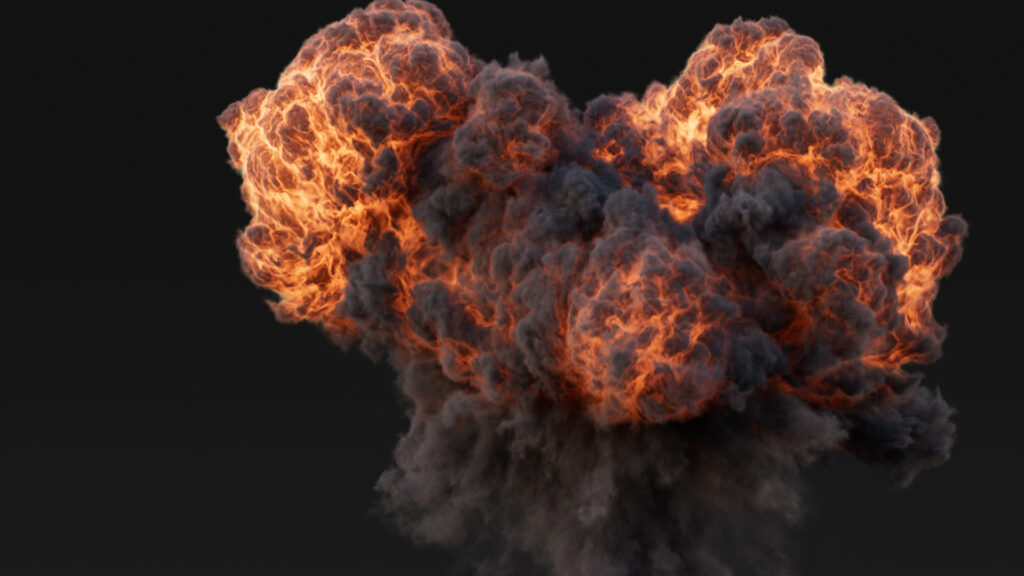
ZibraVDB: Compression and Realtime Rendering of OpenVDB
Dmytro Kucherenko will give an overview of the VDB compression technology called ZibraVDB for Houdini and Unreal Engine. He will demonstrate how it not only reduces storage sizes but also how it enables realtime rendering of VDB sequences.

Dmytro Kucherenko
Zibra AI
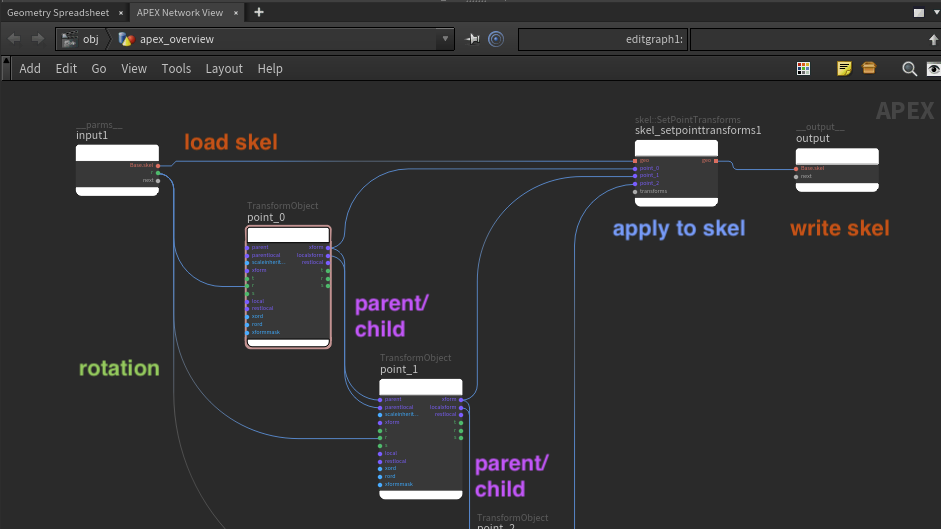
Apex 101
Apex is still pretty scary and new for most existing Houdini artists, this talk by CGWiki Author Matt Estela will provide a jargon free explainer of the problems Apex is trying to solve, and a bridge from assumed Houdini knowledge into Apex.
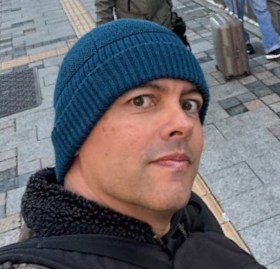
Matt Estela
CGWiki Author
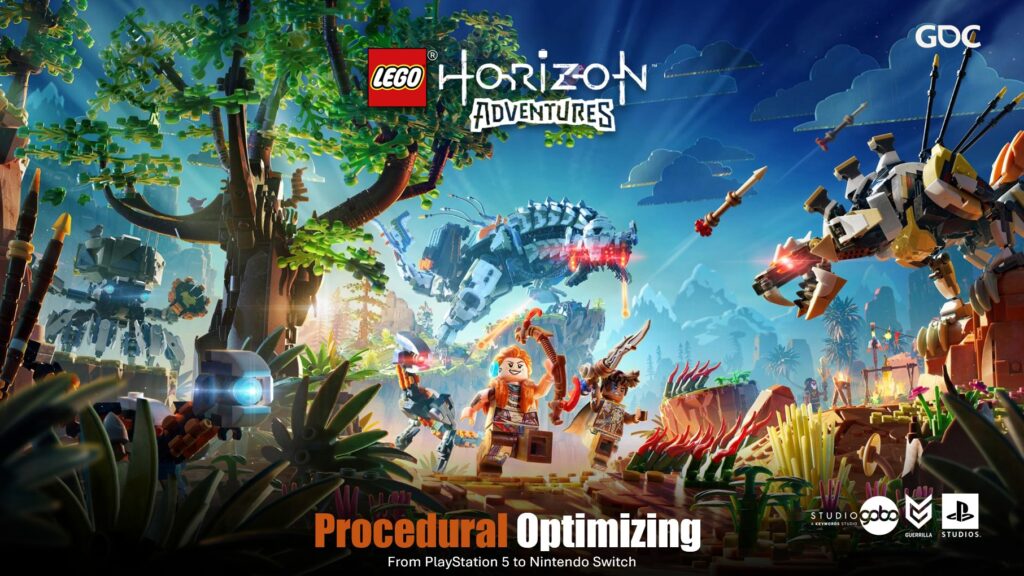
LEGO Horizon Adventures: Procedural Optimization
Optimizing a game for multiple platforms comes with various challenges. In this talk Simon Verstraete will cover how procedural pipelines were built for LEGO Horizon Adventures.
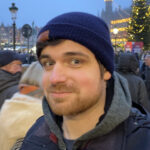
Simon Verstraete
Studio Gobo
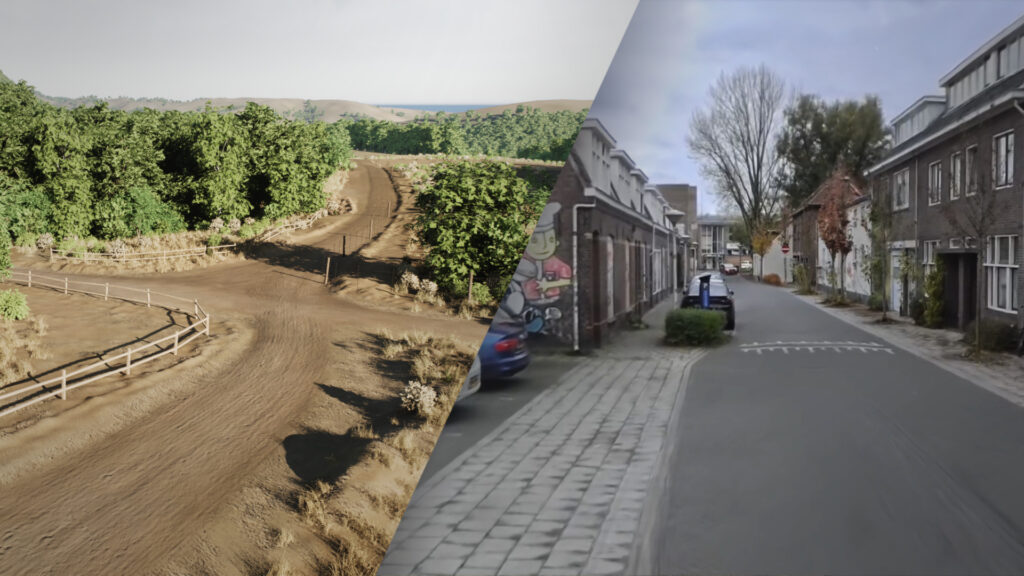
Procedural Map Creation from Sensor Data: Traditional and Gaussian Splatting Workflows
In this session, Paul and Joey from Applied Intuition will dive into two production workflows for generating procedural maps from multimodal sensor data, including lidar, camera imagery, and auxiliary metadata. The talk will cover a traditional pipeline centered around mesh and heightfield generation, as well as an alternative pipeline leveraging Gaussian Splatting for efficient scene reconstruction. The talk covering Houdini and Unreal Engine workflows will highlight key technical challenges, data conditioning steps, and tradeoffs in fidelity, performance, and scalability.

Paul Ambrosiussen
Bismuth Consultancy

Joey Kowalewicz
Applied Intuition
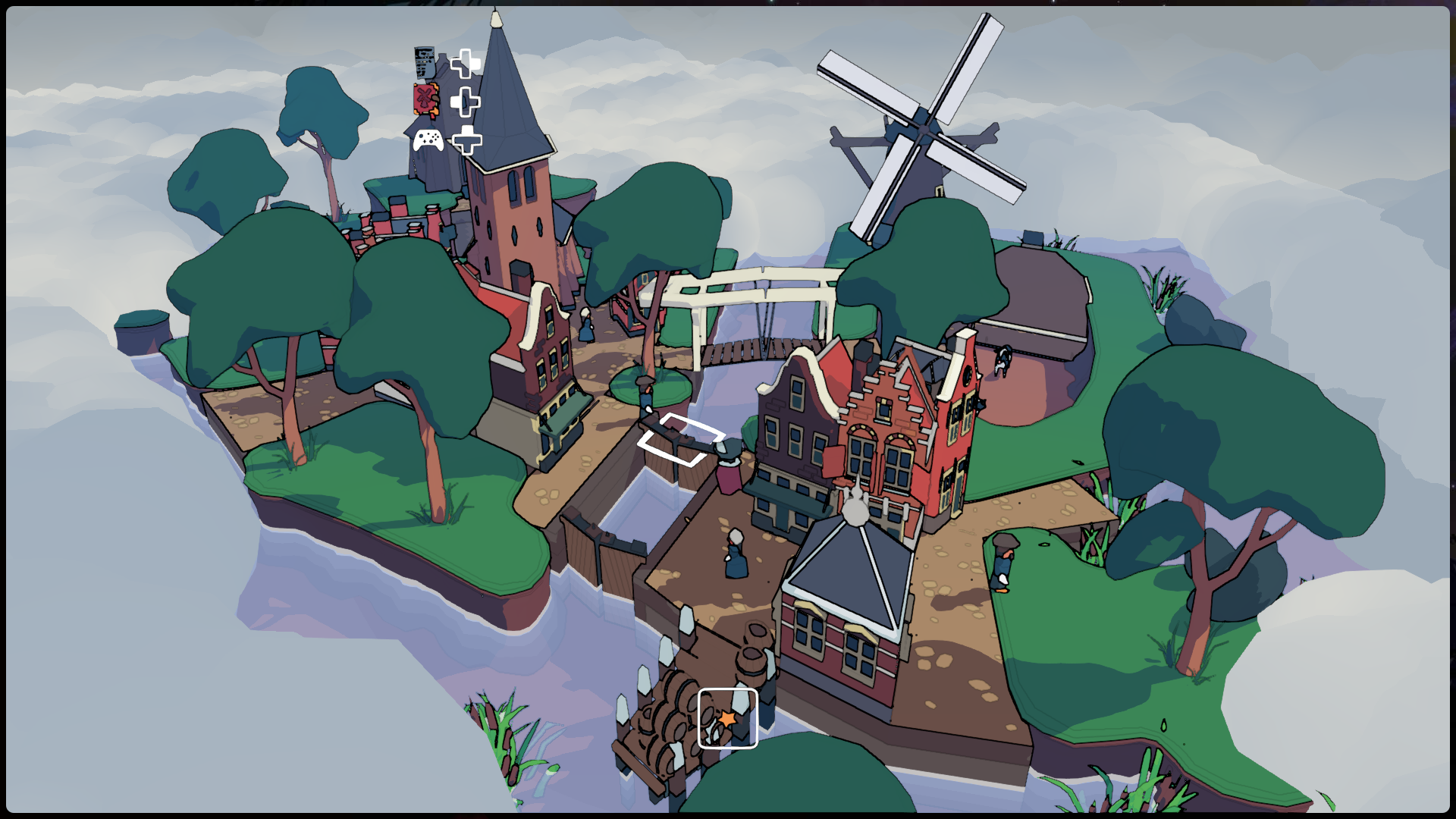
WATERWOLF: A Procedural Dutch Landscape written in Rust
The upcoming game Waterwolf recreates the rich history of the Dutch landscape through procedural generation. Born from the collaboration between architectural designer Jos Feenstra and geodetic engineer Martin Kodde, it tells the story of how the Netherlands was shaped by this perpetual dance with the sea. This presentation explores various procedural generation techniques inspired by Townscaper, delves into the benefits of implementing them in Rust, and shares the development journey behind the game.
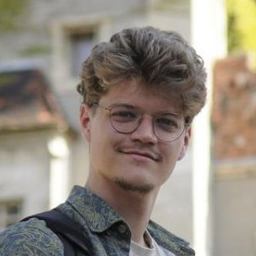
Jos Feenstra
Co-founder - Geofront.nl
MASTERCLASSES
TUESDAY 22-04-2025 & WEDNESDAY 23-04-2025
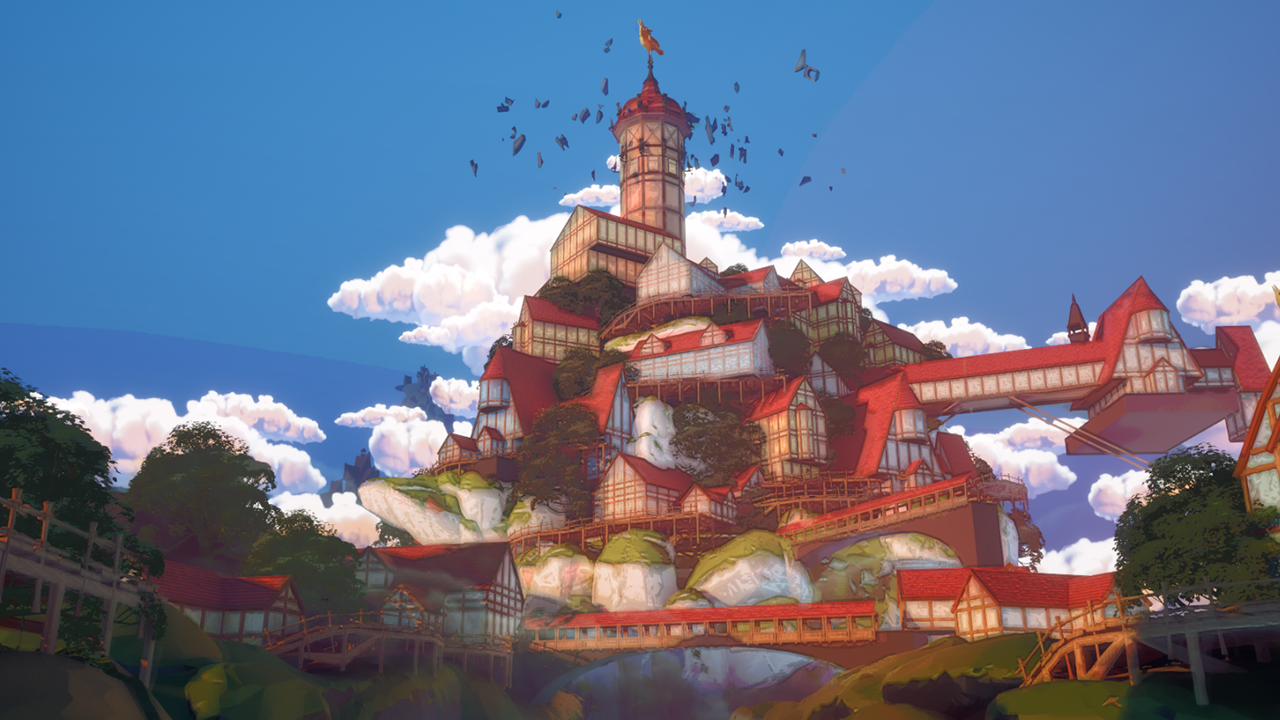
HOUDINI BEGINNER PRODUCTION
tuesday 22-04-2025
wednesday 23-04-2025
This masterclass will be on-site and run over the course of two days (Tuesday and Wednesday) from 9:30 to 17:00, on the SideFX website this is referred to as an IGNITE WORKSHOP. To participate, you need to bring your own laptop or hardware. Tickets include drinks, lunch and a conference ticket.
IGNITE WORKSHOP | PROJECT SKYLARK
Creating a Procedural Stylized World!
In this two-day beginner workshop, you will learn the fundamentals of tool-making with Houdini and Unreal Engine 5. Our focus is on creating stylized assets procedurally by leveraging tools that speed up asset creation. In Unreal, we develop various tools that help us build stunning scenes – including houses, foliage, and bridges. Additionally, all textures will be created using Houdini’s new COPs toolset.
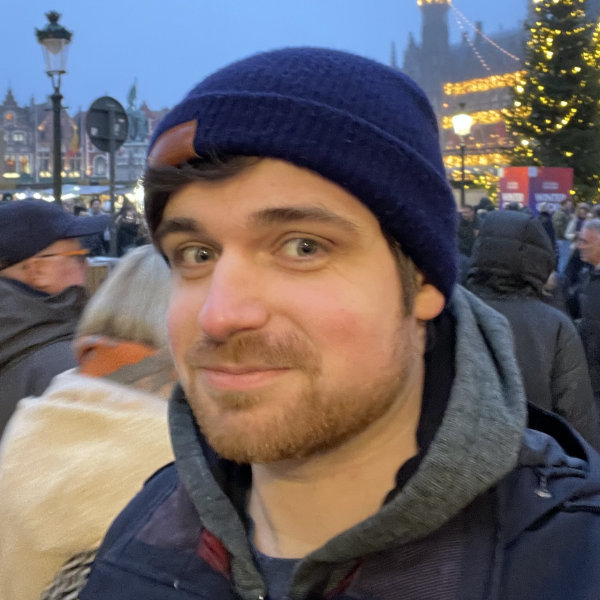
Simon Verstraete
Studio Gobo
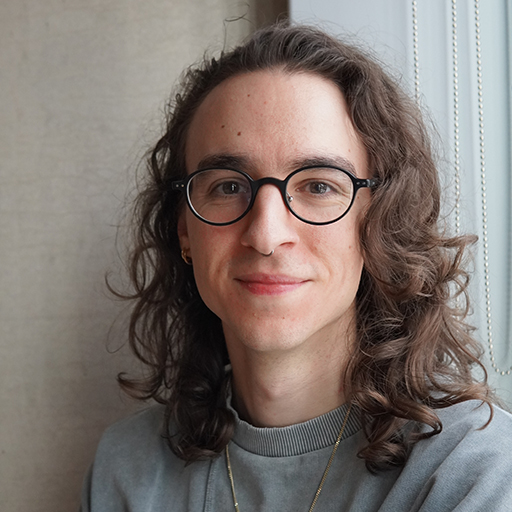
Julian Bragagna
Cloud Imperium Games
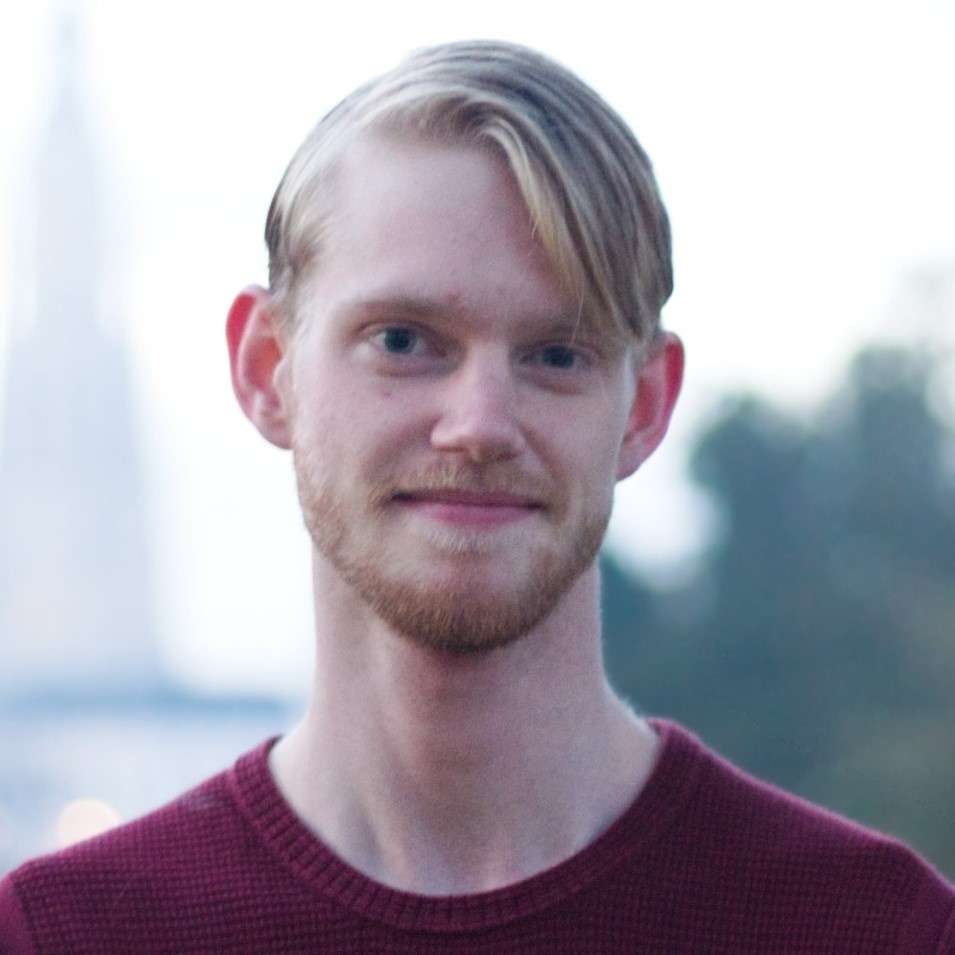
Marn Schokker
Electric Square
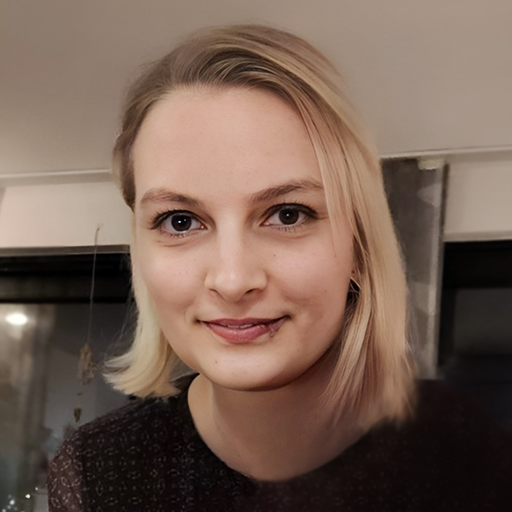
Lea Kronenberger
Frictional Games
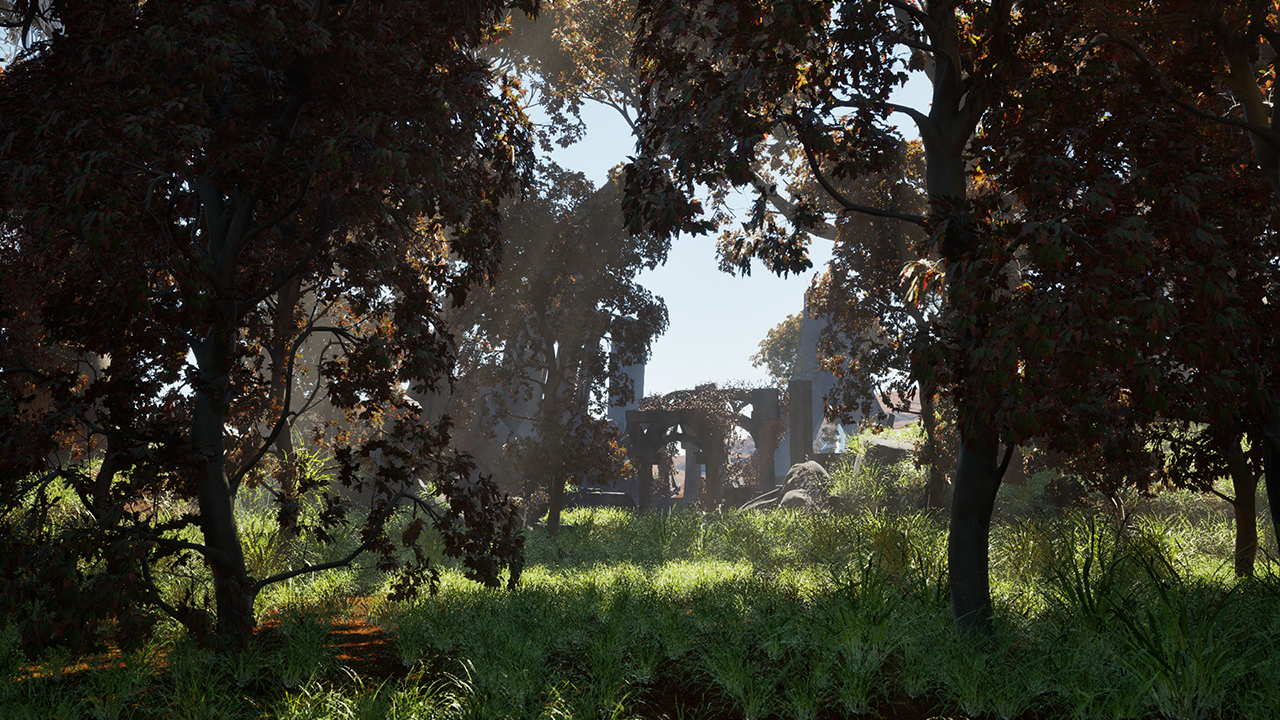
HOUDINI ADVANCED PRODUCTION
tuesday 22-04-2025
wednesday 23-04-2025
IGNITE WORKSHOP | Deep into Elderwood: APEX, COPs & Advanced Modelling
This masterclass will be on-site and run over the course of two days (Tuesday and Wednesday) from 9:30 to 17:00, on the SideFX website this is referred to as an IGNITE WORKSHOP. To participate you need to bring your own laptop or hardware. Tickets include drinks, lunch and a conference ticket.
In this two-day advanced workshop, we will use Project Elderwood and Natsura to demonstrate how Apex can be pushed far beyond rigging to create powerful simulations and flexible 3d modelling tools. We will also show how the addition of Copernicus to the Houdini toolset simplifies complex photogrammetry workflows that previously relied on multiple tools, enabling artists to waste less time on roundtrips, automate repetitive tasks, and get from raw-scan to in-engine results much faster.
Over the course of several hands-on workshops, we will build a working modelling tool that highlights when Apex based modelling tools make sense (and when they don’t). The Apex sessions will be broken up by short Sops and Copernicus based tutorials and examples of plant modelling and scan processing.
No previous Apex experience is required, but a strong foundation in procedural modelling and Houdini is recommended.
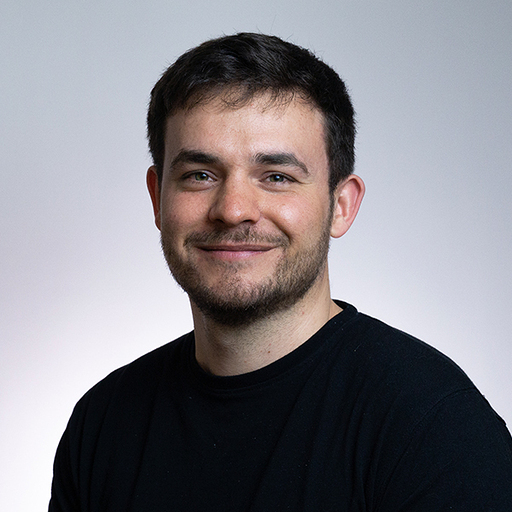
George Hulm
Natsura
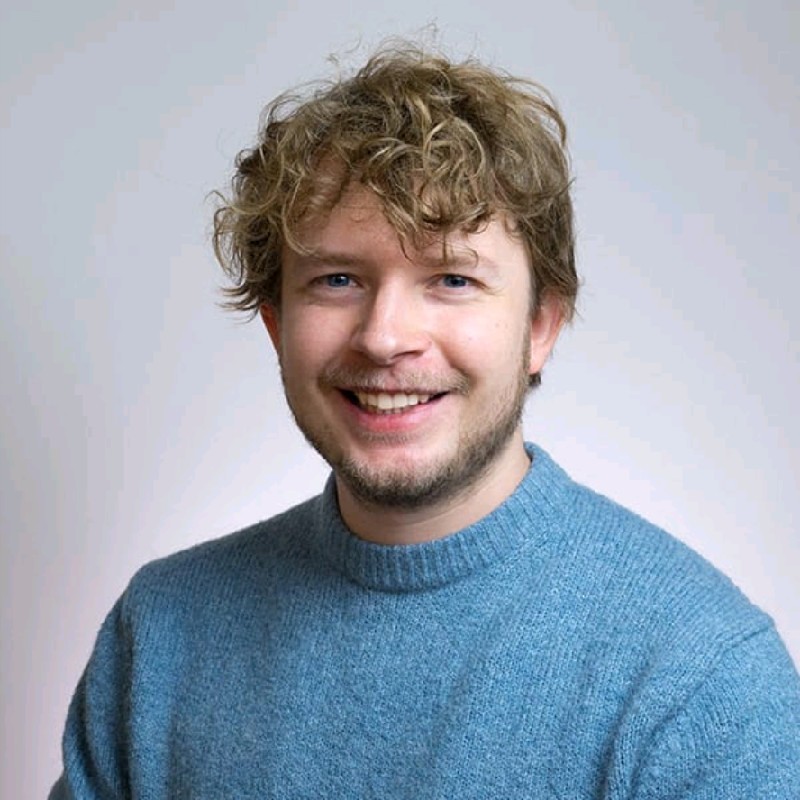
Feike Postmes
Natsura
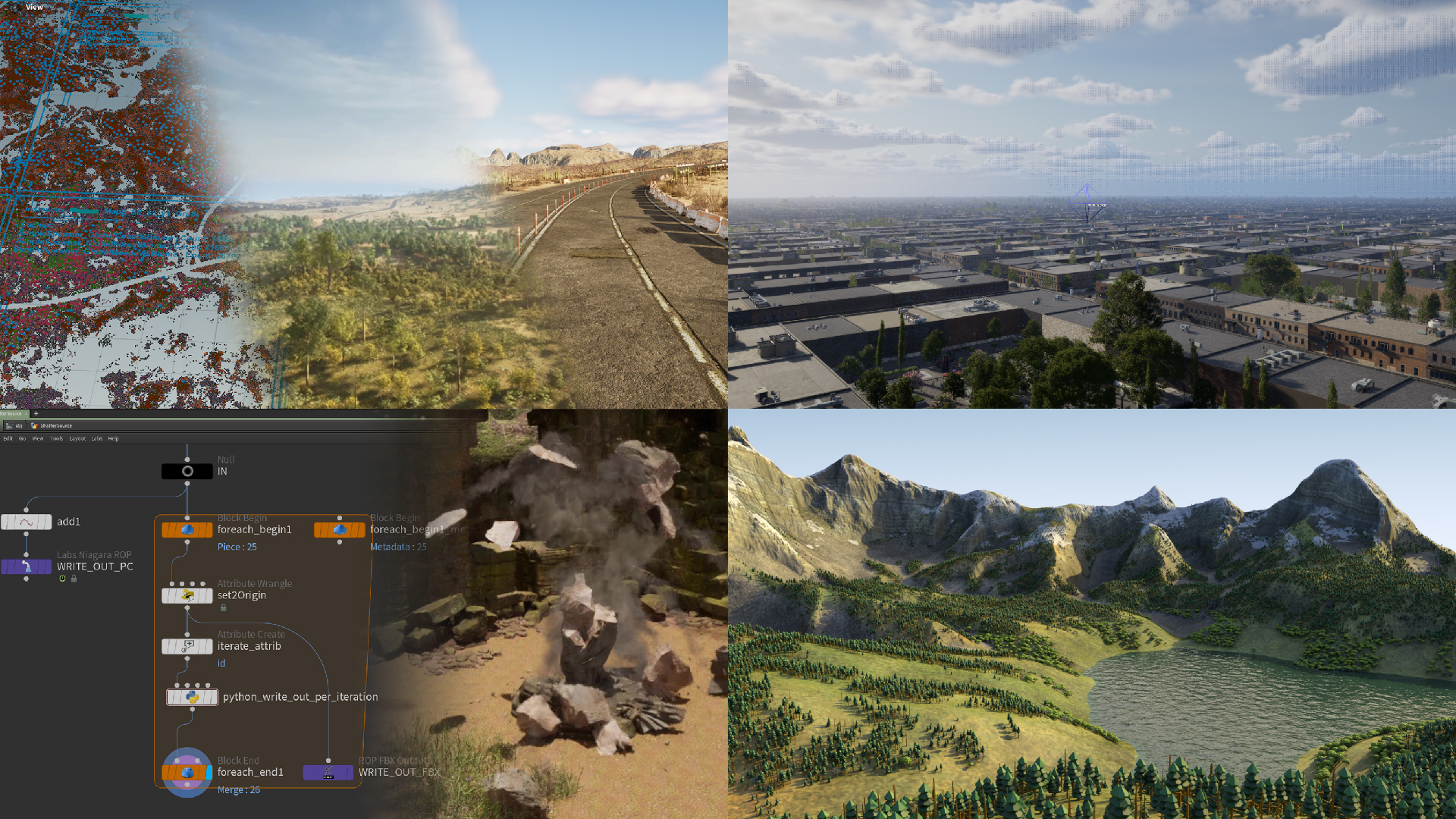
HOUDINI ADVANCED MASTERCLASSES
tuesday 22-04-2025
wednesday 23-04-2025
This two-day masterclass will feature a collection of advanced Houdini deep dives delivered by leading Houdini experts. On the SideFX website this is referred to as the HOUDINI HIVE PRESTENTATIONS for Tuesday and Wednesday.
This masterclass will be on-site and run over the course of two days (Tuesday and Wednesday) from 9:30 to 18:00. To participate you need to bring your own laptop or hardware. Tickets include drinks, lunch and a conference ticket.
Tops Masterclass
A walkthrough of Tops by CGWiki Author Matt Estela, from first principles through to complex production level workflows.

Matt Estela
CGWiki Author
Containerized Machine Learning-based Content Generation for Houdini
In this workshop, Paul will walk you through building containerized setups suited for implementing Machine Learning workflows inside Houdini without breaking your PC! In this session,n you will learn the basics of Docker, and how it can be used in production. With that environment set up, Moritz will use the TRELLIS Image to 3D container to generate geometry which can be used and modified inside of Houdini.
In this workshop, attendees will learn the basics of Docker and how it can be used in production environments with Houdini. As an example, the TRELLIS Image to 3D ML model will be used.

Paul Ambrosiussen
Bismuth Consultancy

Moritz Schwind
Entagma
Hex Biome Generator (Totally Not Catan)
In this workshop, we will build a biome generation pipeline using SideFX Labs’ newest Biome toolset. Participants will start by designing a biome ID map in Copernicus with a random tile pattern. This biome ID map will then procedurally drive terrain terraforming, plant scattering, and terrain texturing to produce a fun, shuffled-biome, board game environment.
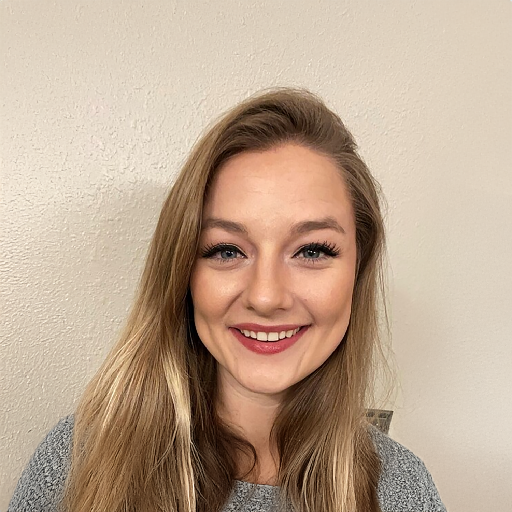
Bailey Hogan
SideFX
Project Violet: Procedural Road Textures in Copernicus
In this session, we will take a look at the setup used in Project Violet to fully procedurally generate our road texture tiles.
During this session, attendees will get an introductions to some of the key techniques and features of Copernicus that allows for high fidelity textures without losing granular control.

Sam Taylor
REALTIME
Destruction VFX Techniques with Houdini and Unreal
The focus of this masterclass will be to demonstrate several techniques for fracturing geometry within Houdini and Unreal and using those fractured assets inside Unreal for real-time destruction. The class will be divided into three different approaches for creating this destruction, using Houdini fractured assets with Niagara Systems and Point Caches, using Houdini fractured assets with Chaos simulations and finally, fracturing and simulating with Chaos tools in Unreal while triggering Niagara Systems to spawn dust and debris.
The attendees will learn several novel approaches for using fractured geometry from Houdini while controlling the dynamics inside of Unreal Engine. Simulating pre-fractured assets inside Unreal Engine with Niagara particles along with passing data from Chaos simulations to Niagara systems to emit dust and debris will all be explained.
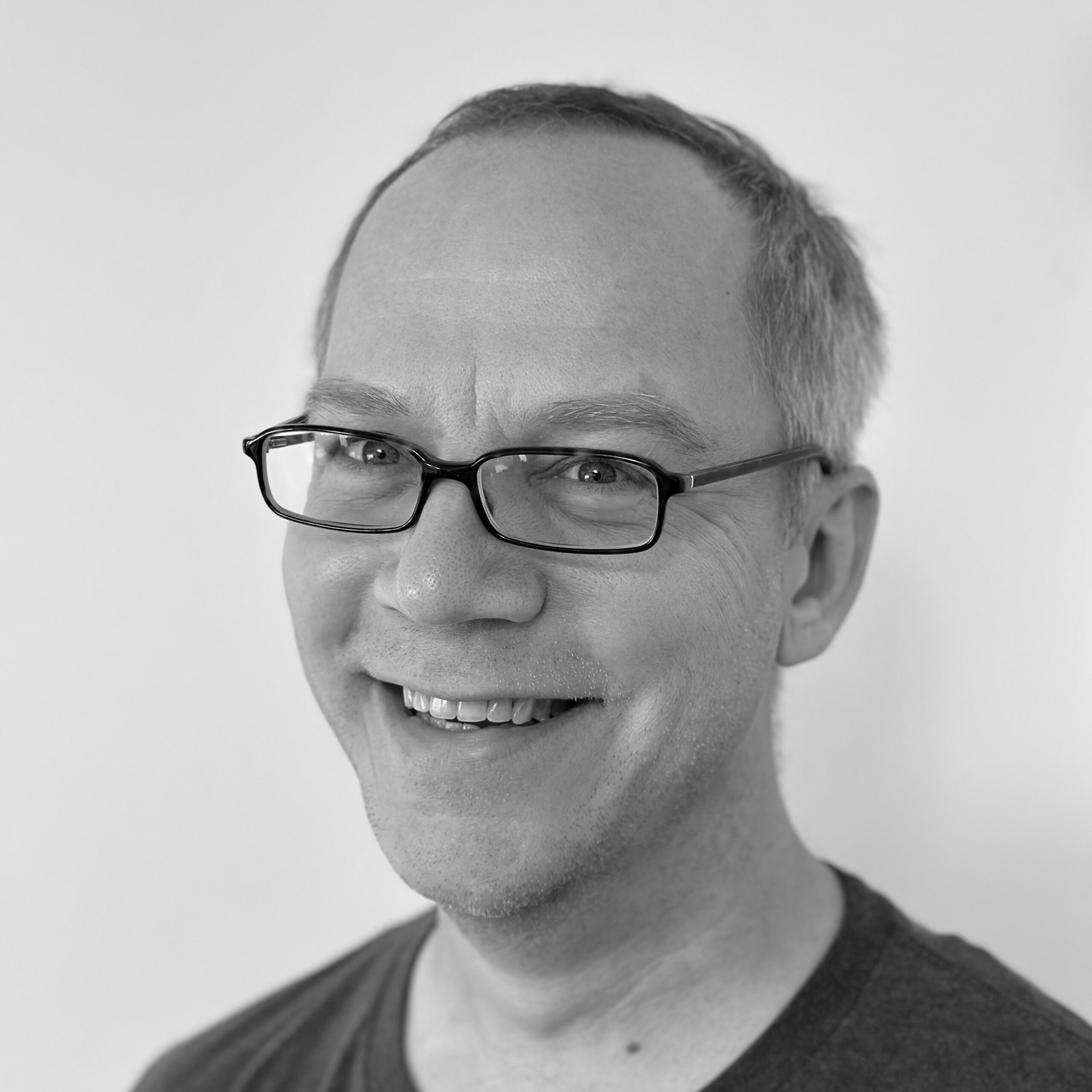
Chris Chapman
NetherRealm Studios
LLM-powered Houdini Digital Assets
This hands-on workshop guides participants through creating their first LLM-powered Houdini Digital Asset (HDA). We’ll start with the basics of setting up Ollama locally, then learn how to design and implement a practical tool that leverages large language models to enhance your Houdini workflow. Participants will learn how to efficiently pass parameters between Houdini and LLMs, avoid common pitfalls like context overload, and structure their tools for optimal results. The session culminates with an exciting demonstration of using vision models to analyze and refine Houdini-generated content, opening up new possibilities for iterative creation. Perfect for Houdini users looking to incorporate AI into their pipeline, no prior machine learning experience required.
Attendees learn to create LLM-powered Houdini tools by setting up Ollama locally, building parameter interfaces between Houdini and AI models, and implementing vision-based feedback systems. They gain practical knowledge of context management and JSON handling for efficient AI integration in their Houdini workflow.

Thomas Tobin
Supermodel
All Roads Lead to Hou-PCG
In this session, we will look at building environments with Houdini and Unreal Engine PCG.
In this workshop, you will learn how to export your 3D environments from Houdini into Unreal using PCG, the pros and cons of both and how they compliment one another.
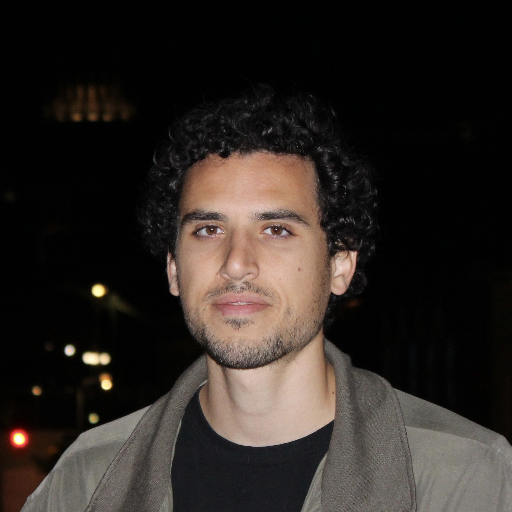
Mohamad Salame
SideFX
HDA Development for High-Precision Environments
When needing to efficiently produce high-accuracy environments, the reliability and intuitiveness of your toolkit are paramount. User input must be minimised, and the automated processes must be airtight to ensure as little time is lost as possible. This workshop will walk you through a variety of functions that can be implemented into your HDAs to benefit your user experience and improve the stability of your output.
Attendees should understand how to utilise Python and VEX within their HDAs to cache parameter data and improve the user’s interactivity options within the viewport.
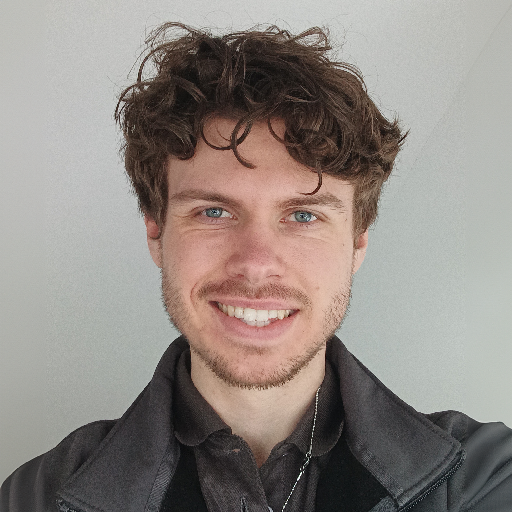
George PennyFather
Q3D
Compositing Props for World Partition using Houdini and PCG
A demonstration of how to create and composite foliage and props on a Massive Worlds scale using Houdini and PCG. The method allows teams to iterate and collaborate on procedurally dressed environments, using unified prop grids in Unreal, fully compatible with world partition workflows.
The participants will be shown how to use the upcoming Massive Worlds Toolkit v1.2 compositing pipeline. Allowing them to combine various sets of Houdini generated point clouds of foliage and rocks from different biomes with road propsing and RVT decals. Using a PCG driven Widget in Unreal, you will then learn how to instanciate or re-instanciate these objects into an open world environment, with the simple click of a button.
Attendees will learn how PCG and Houdini point clouds of props and foliage can be composited and instanciated into world partition compatible grids for open world propsing and decoration.
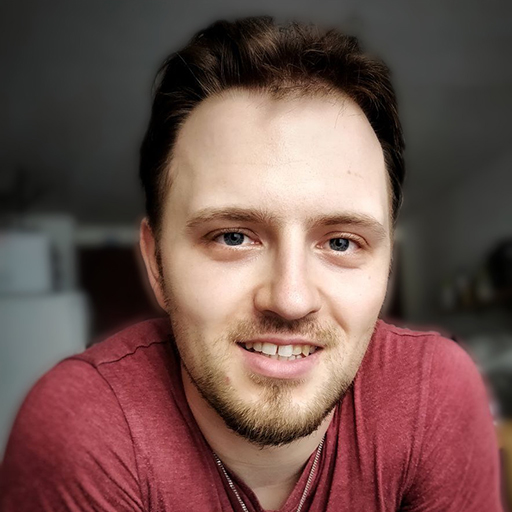
Erwin Heyms
PCG spawning | E-Houdini Academy | Fracture Labs
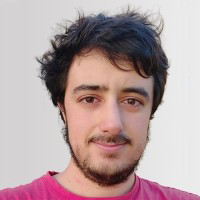
Oscar Cerro
PCG spawning | Fracture Labs
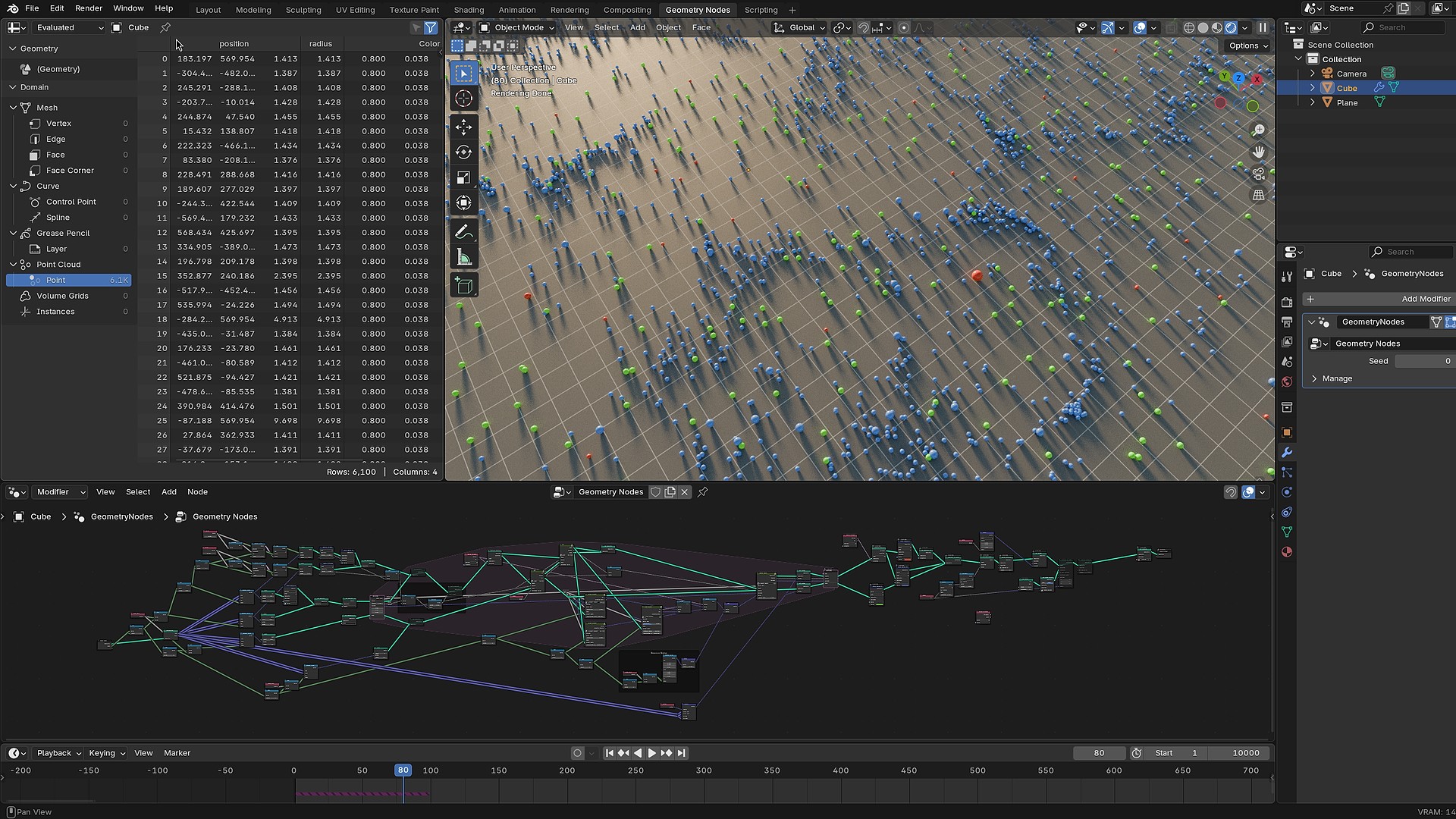
Bringing Environments to Life with Geometry Nodes
tuesday 22-04-2025
wednesday 23-04-2025
This masterclass will be on-site and run over the course of two days (Tuesday and Wednesday) from 9:30 to 17:00. To participate you need to bring your own laptop or hardware. Tickets include drinks, lunch and a conference ticket.
Everything will be achieved using Blender’s Geometry Nodes system. Previous experience with the system is not required.
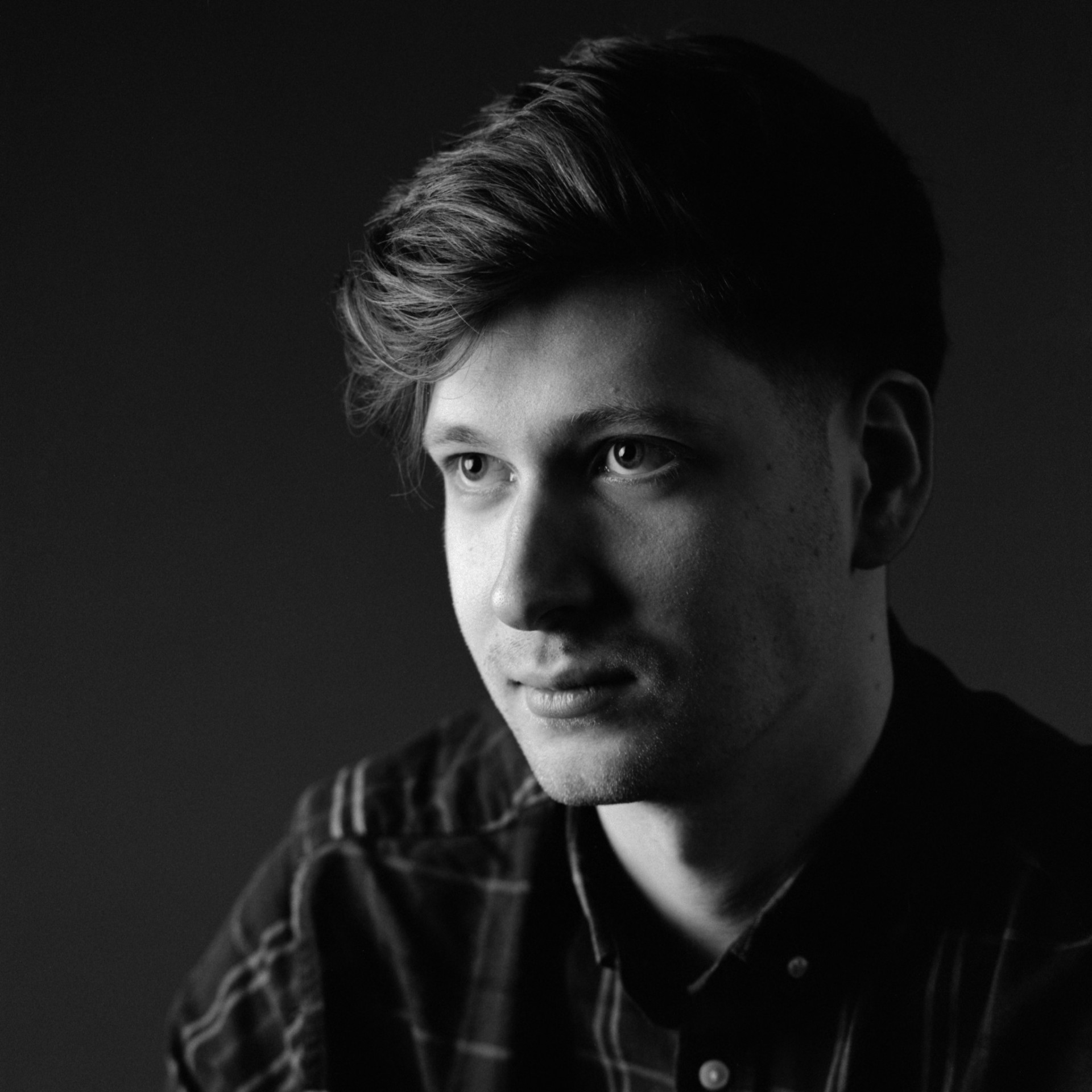
Simon Thommes
Blender
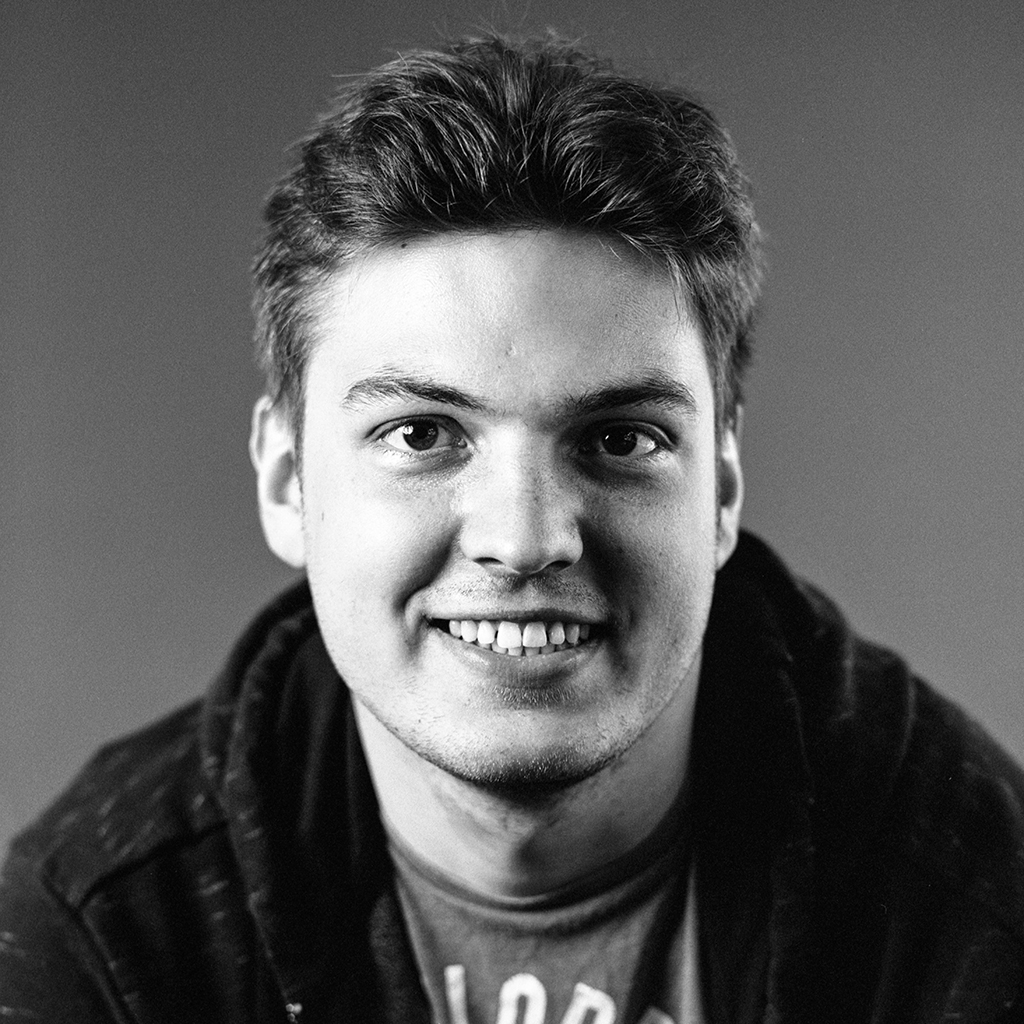
Jacques Lucke
Blender
STUDENT SHOWCASE
FRIDAY 25-04-2025
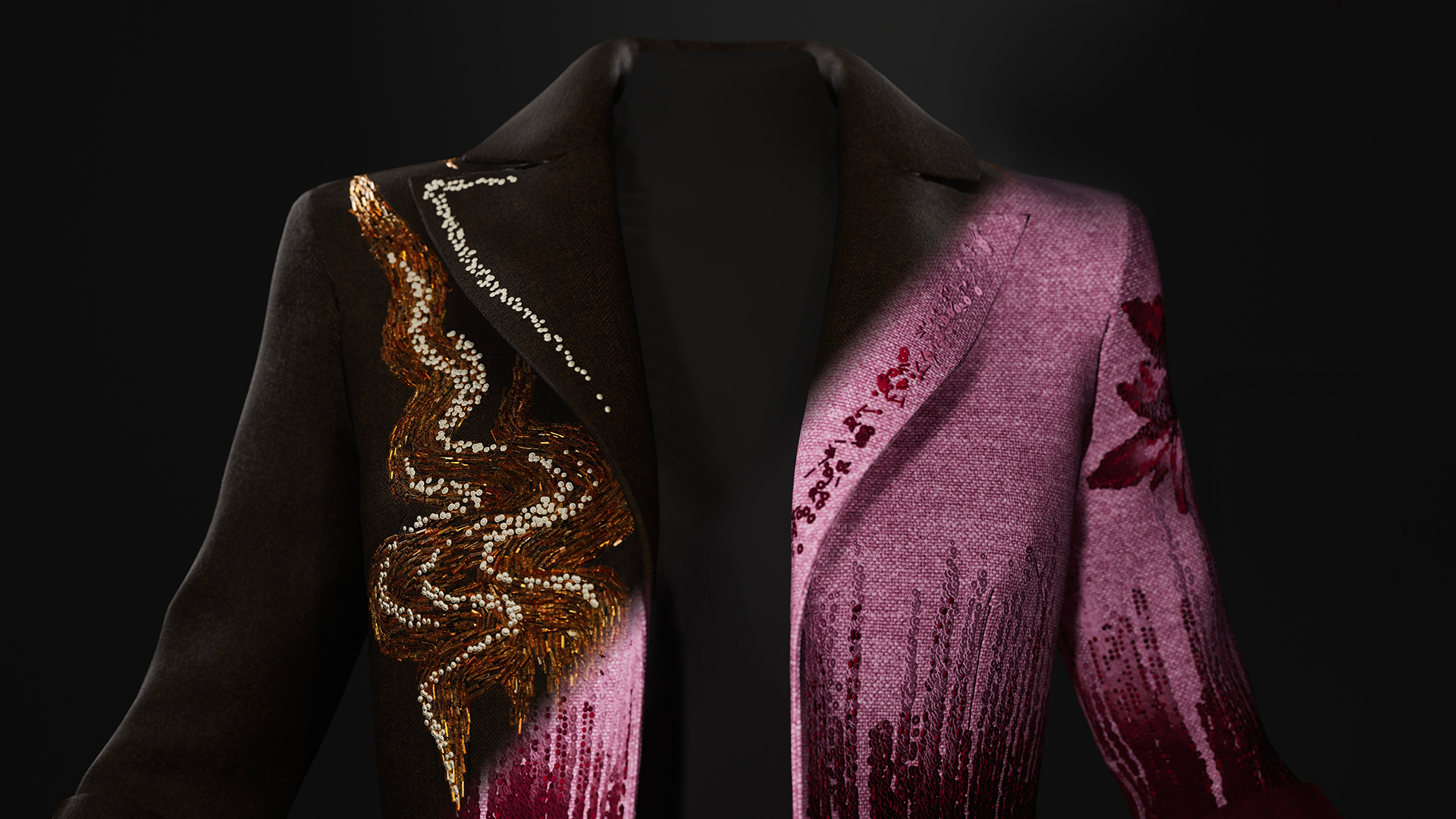
Procedural Embroidery in Substance 3D
Roxana will present her procedural embroidery tool: a Substance Painter filter that converts any texture or paint information into embroidery. The tool allows artists to create various embroidery techniques, including freestyle embroidery, cross-stitching and beadwork.
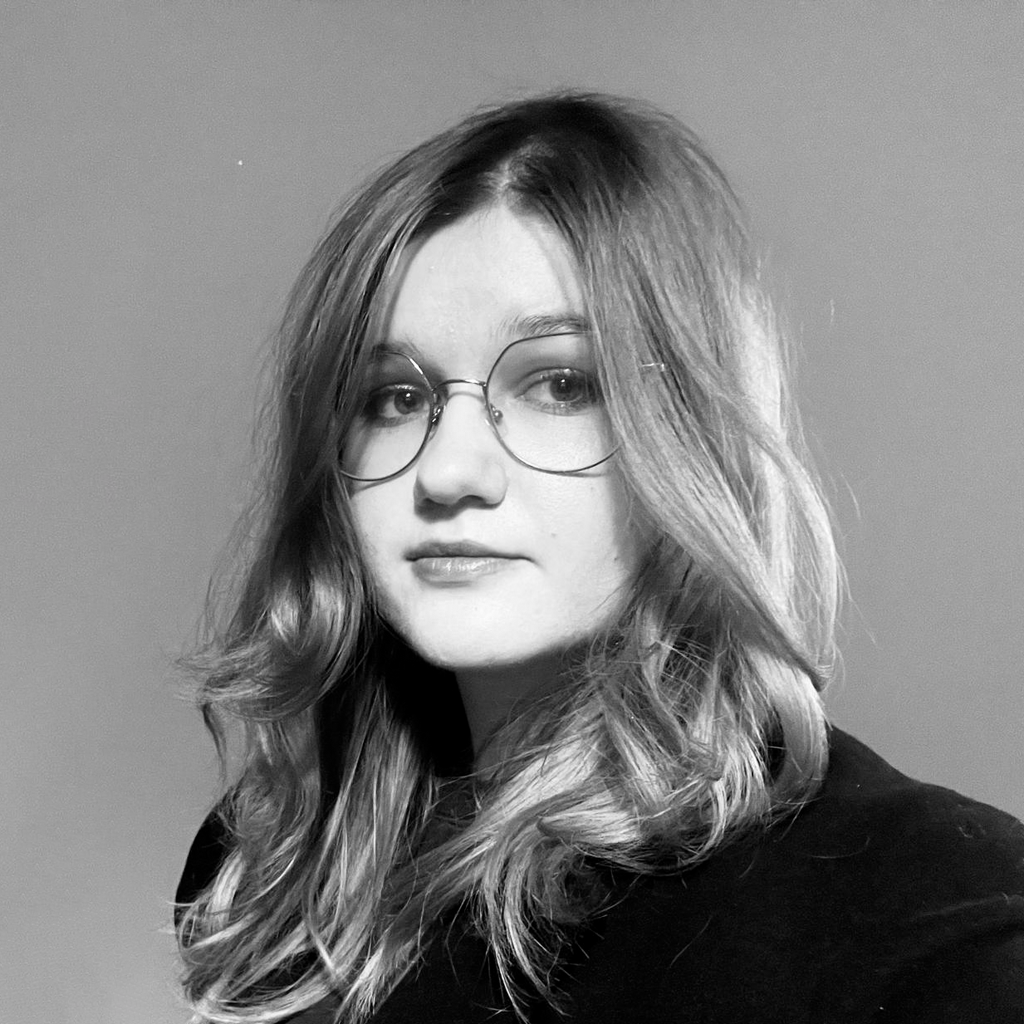
Roxana Moshashai
Breda University of Applied Sciences

Growing a Dandelion in Houdini
This student showcase presents a semester project focused on creating a time-lapse of a dandelion’s growth. The presentation will cover the process, from geometry creation to animation and simulation, leveraging various contexts within Houdini to bring the plant to life.
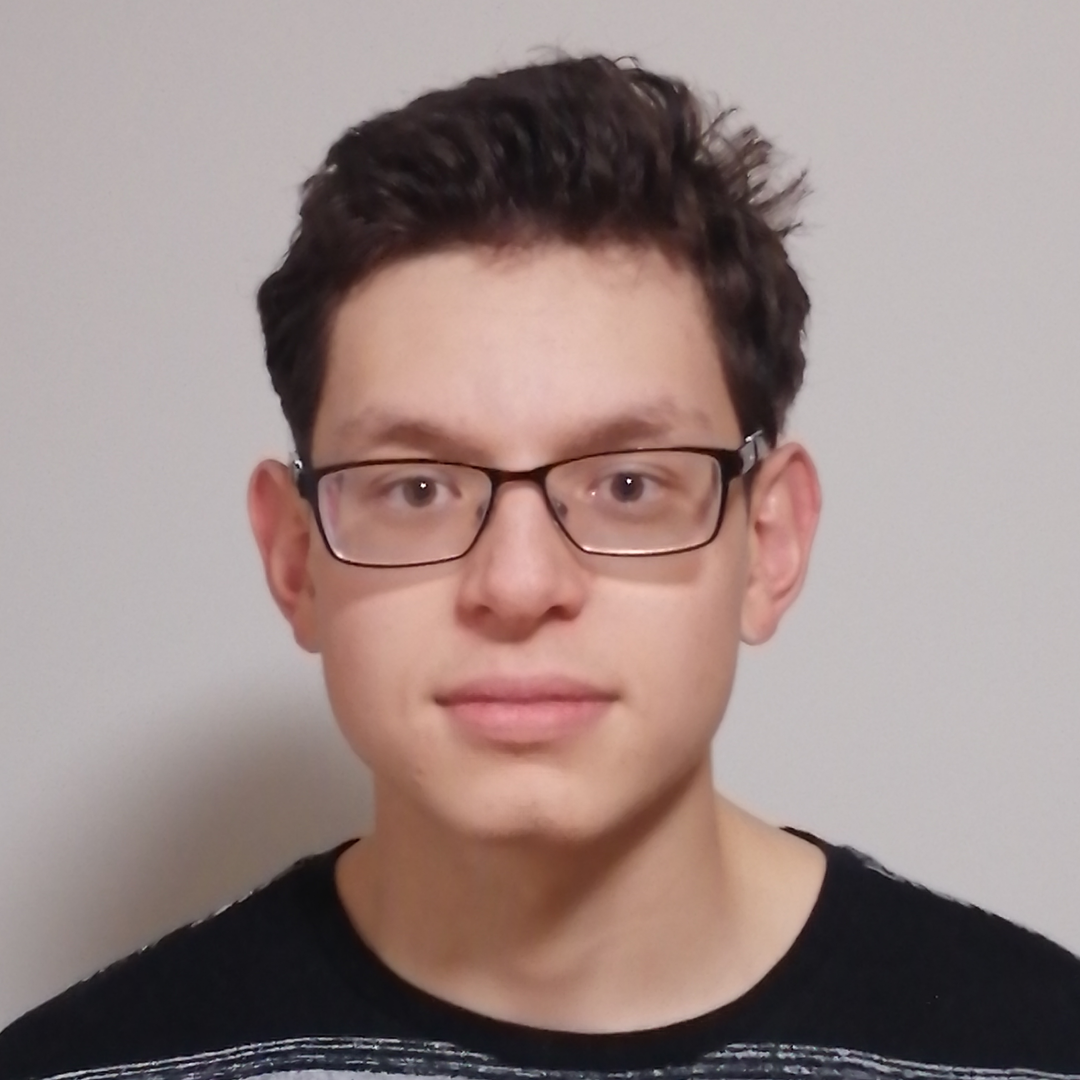
David Heer
Breda University of Applied Sciences
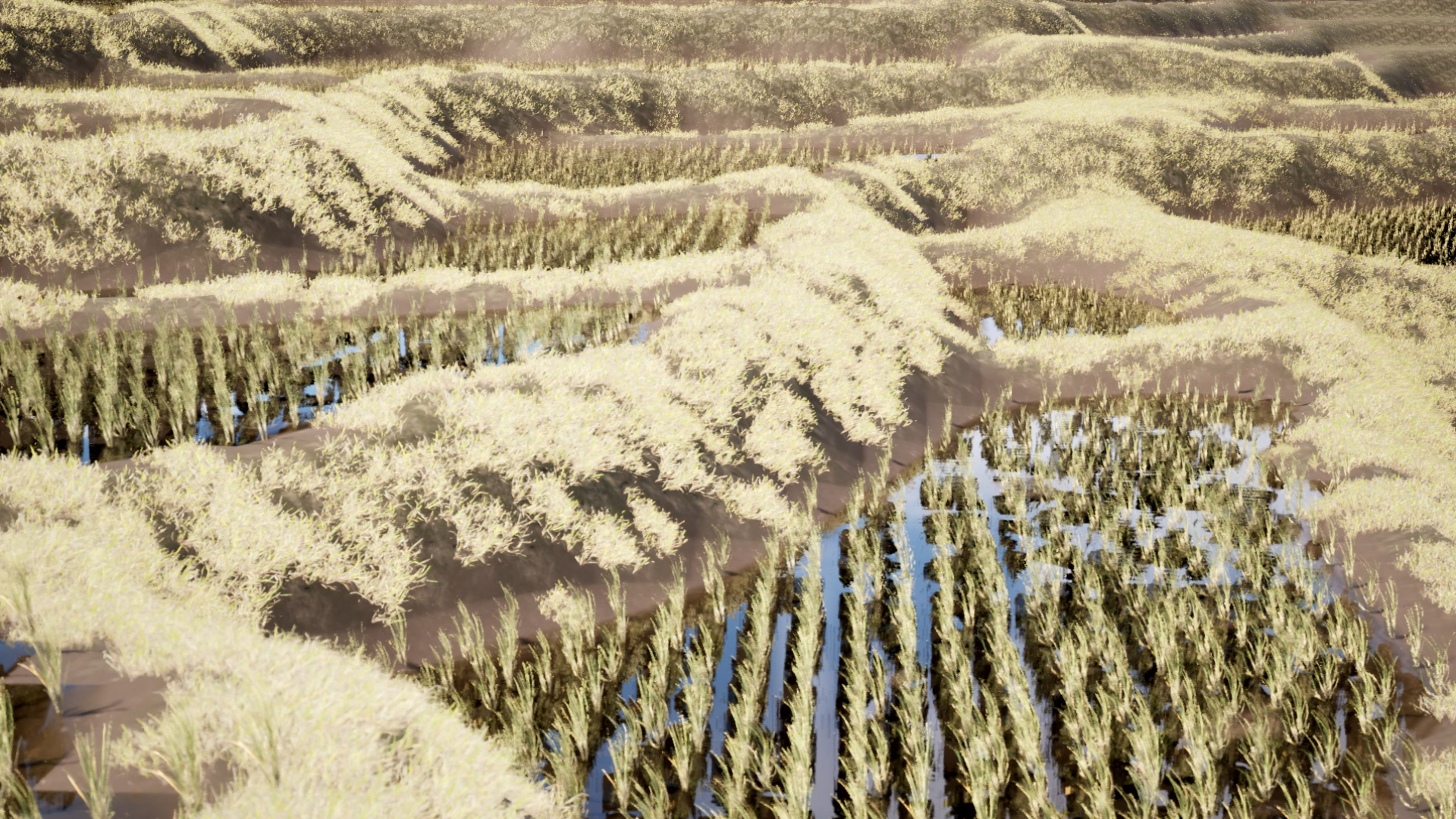
Creating Procedural Rice Fields in Houdini & Unreal Engine 5
In this talk, Valentina will showcase how she created a procedural rice fields tool built in Houdini and Unreal. She will explain how she leveraged terrain workflows as well as Unreal’s scriptable tools to create an easy-to-use tool for generating both rice terraces and flat rice fields.
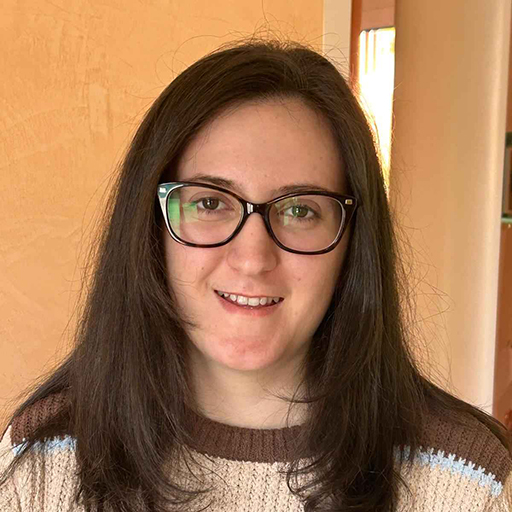
Valentina Malavasi
Breda University of Applied Sciences
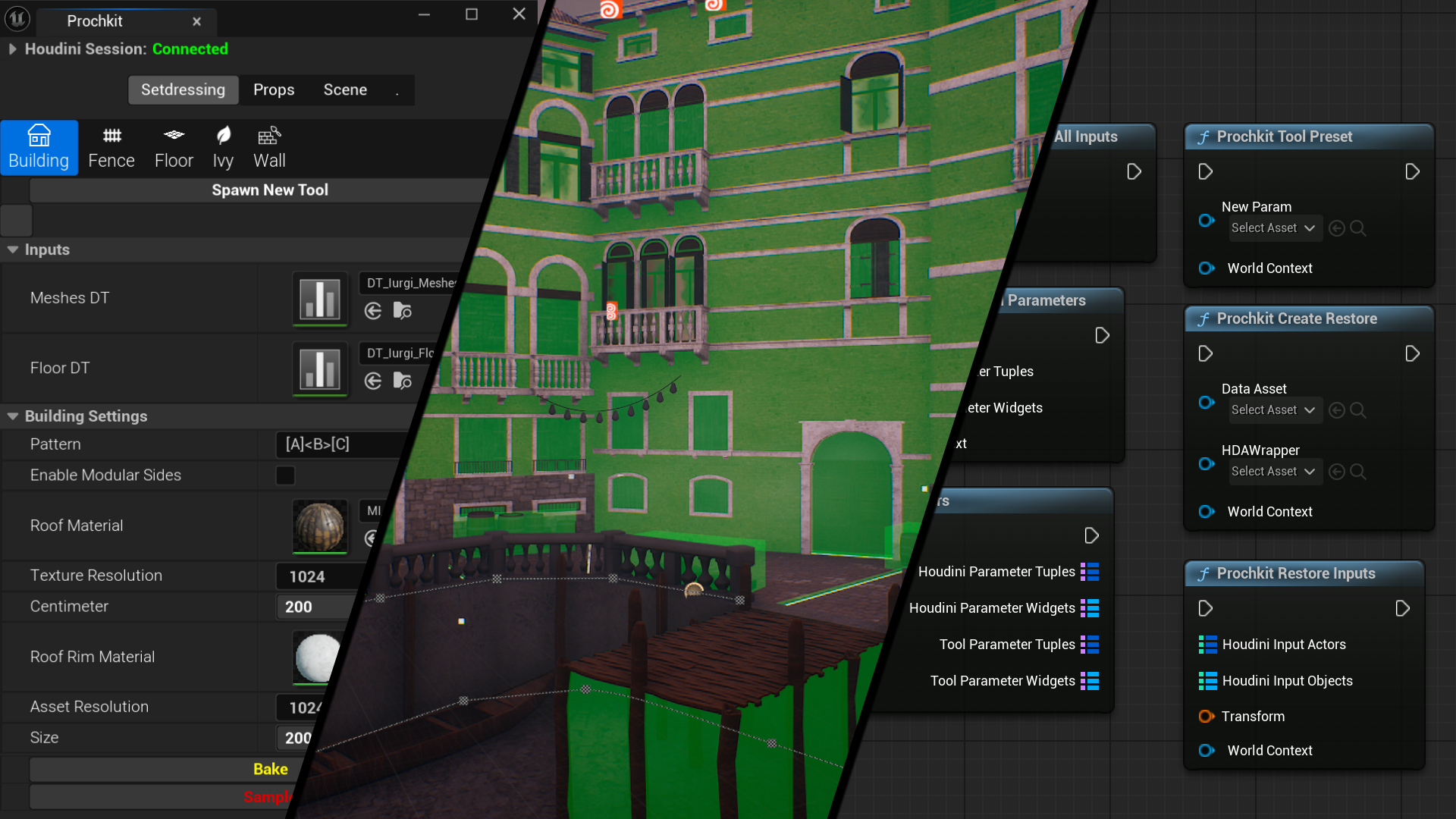
Toolkit for user-friendly HDA & Tool management in Unreal Engine
Jan will present a toolkit for managing Houdini tools in Unreal, enabling tool restoration after saving, simultaneous multi-tool management, and tool chaining for complex results. A user-friendly interface ensures artists can fully utilize its capabilities without requiring Houdini expertise, streamlining workflows and enhancing creative possibilities.
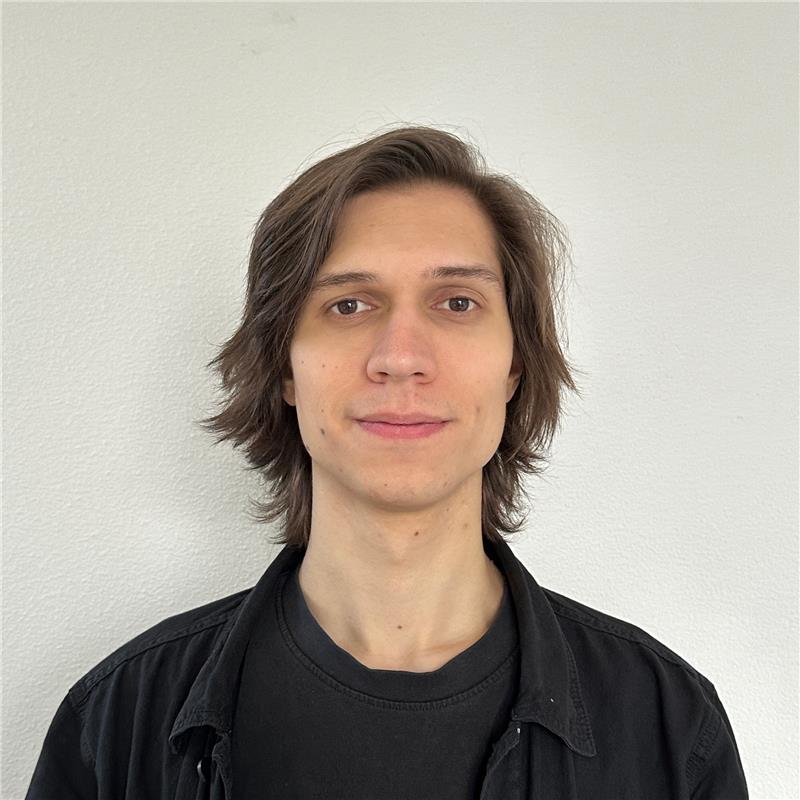
Jan Procházka
Breda University of Applied Sciences
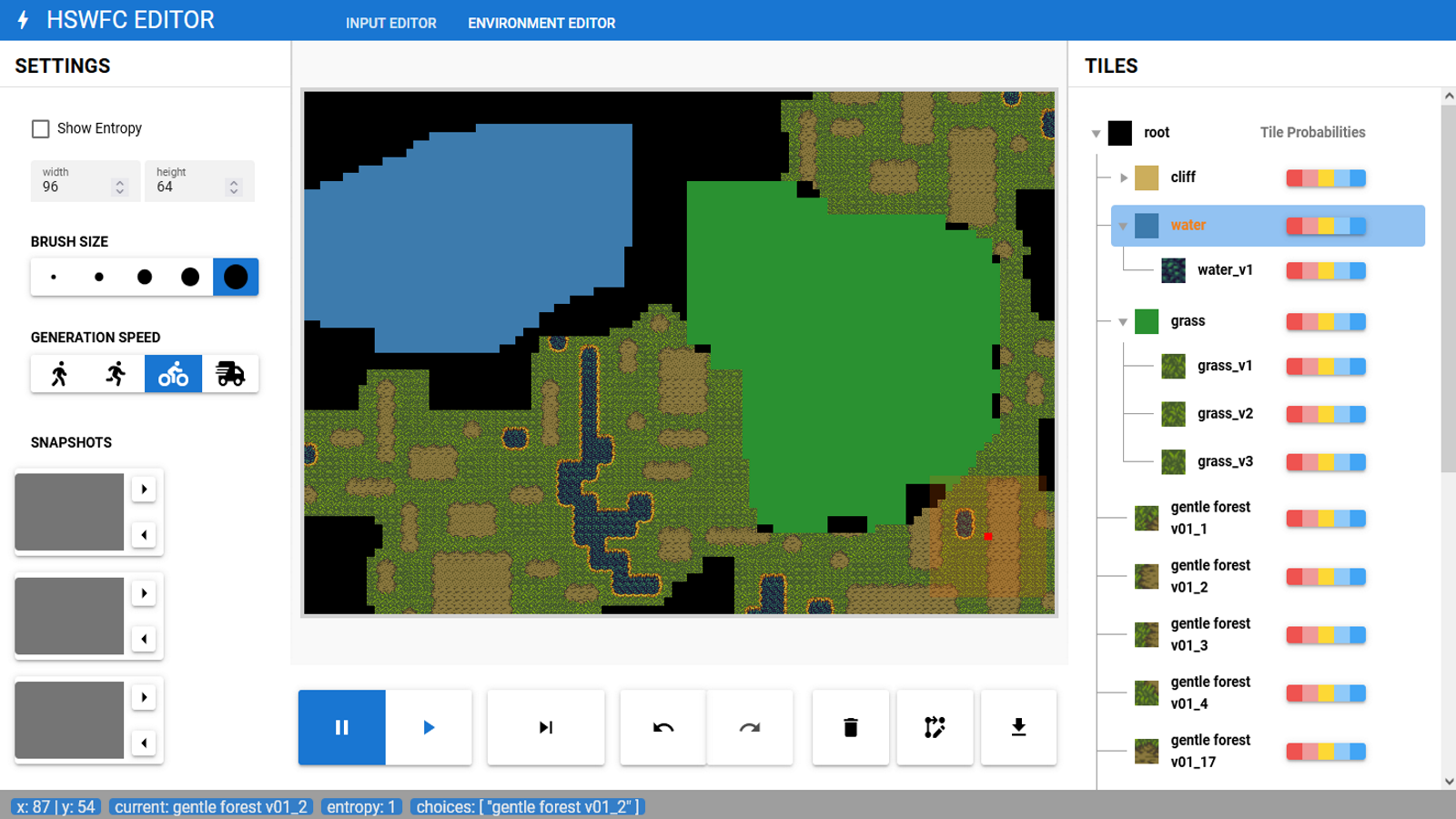
Building Ever Bigger Worlds with HSWFC
As hardware becomes stronger, and game worlds become bigger, there is need for better tooling to build them with. HSWFC is an adaptation of WFC, leveraging its inherent context-awareness and nebulosity in procedural-generation, allowing environment designers to seamlessly collaborate and sketch flexibly with respect to level of detail within a mixed-initiative editor.
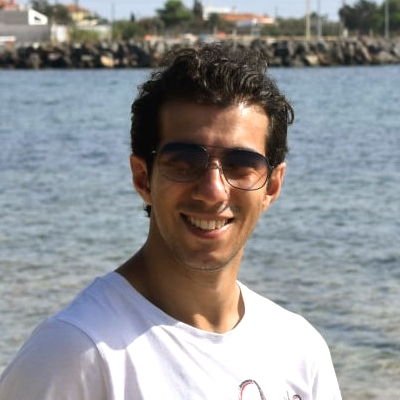
Shaad Alaka
TU Delft
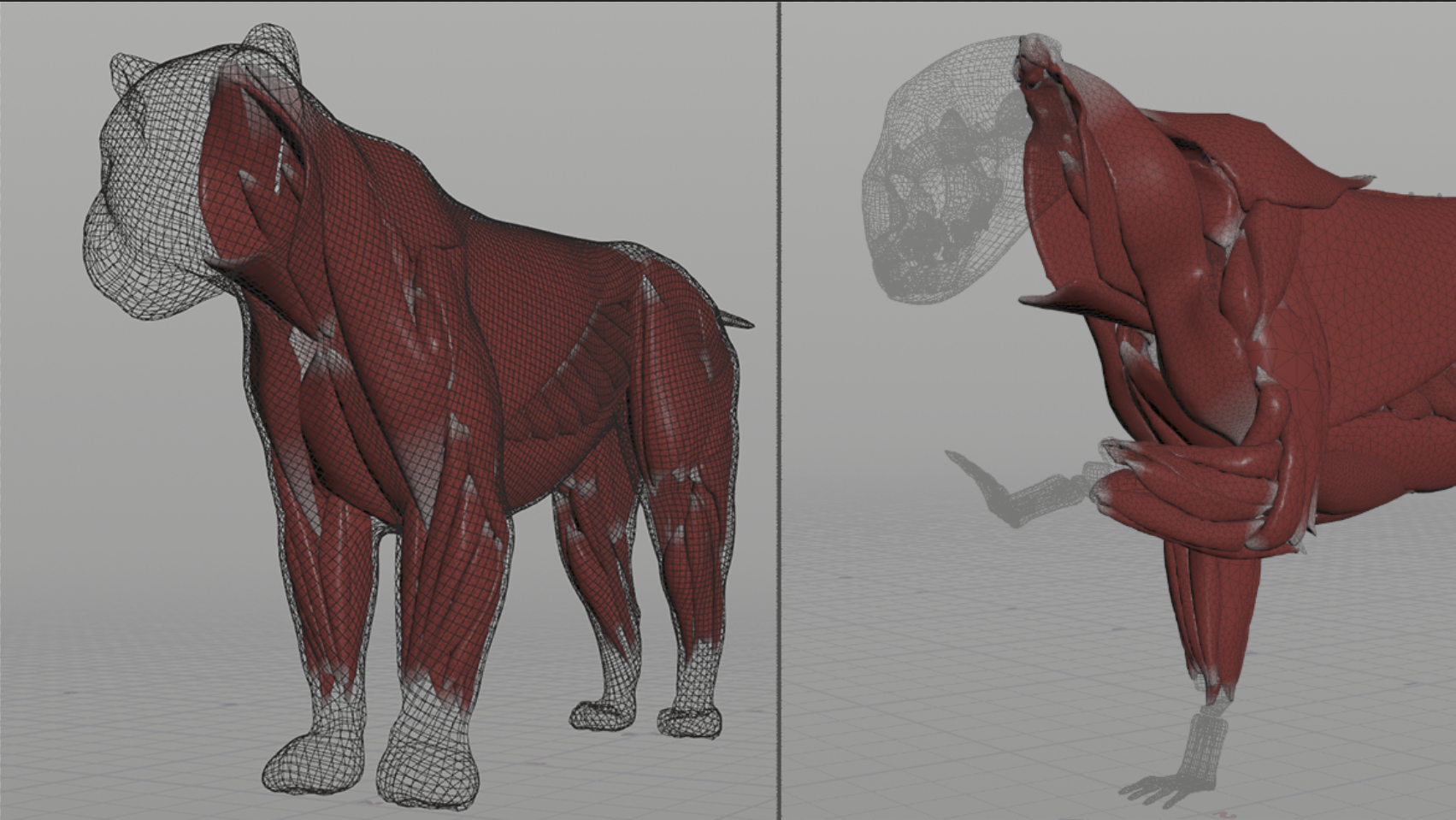
Procedural Animal Generator
Sahar will present her latest Houdini project: a tool to generate fully procedural creatures, from a cat to a cow and any combination of creatures with multiple limbs, neck, head and more, all with a high degree of parameter-based customization. The resulting creatures are rigged including some procedural animation. They will have anatomically correct muscles, generated procedurally with muscle and tissue simulation.
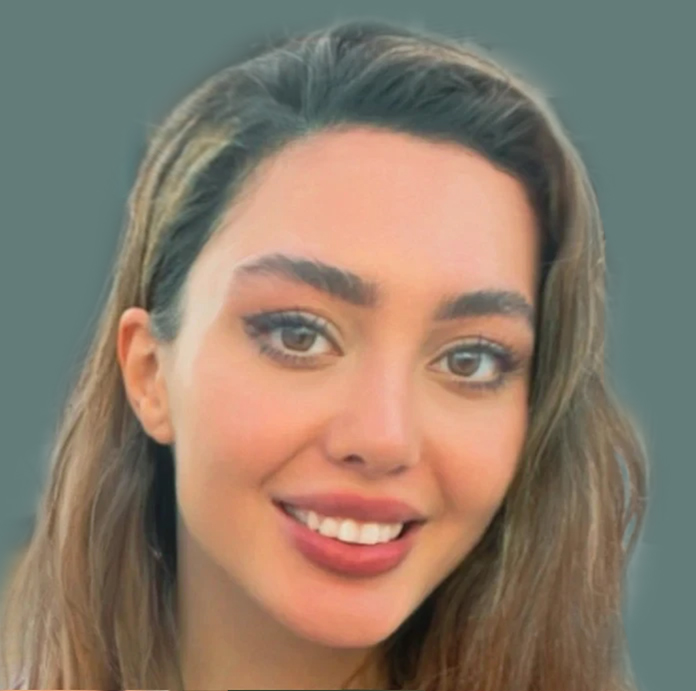
Sahar Yousefi
Breda University of Applied Sciences
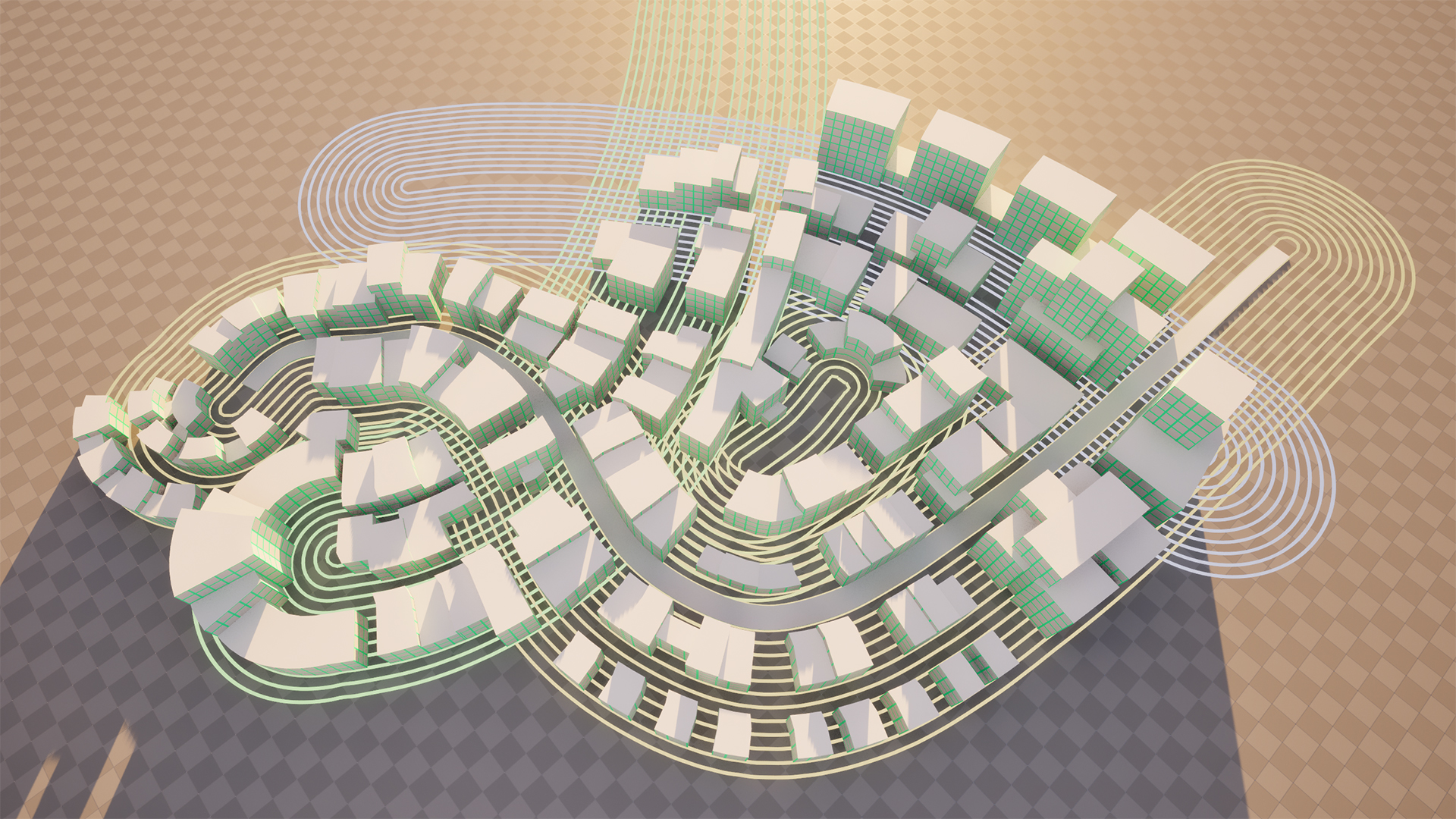
Organic Grid System
Andrea will present a procedural tool that provides a building grid using splines. By using splines as a grid, assets placed on top have a natural flow to them, that is intuitive to work with. At the moment, the tool provides a visual foundation and limited data points to build a city.
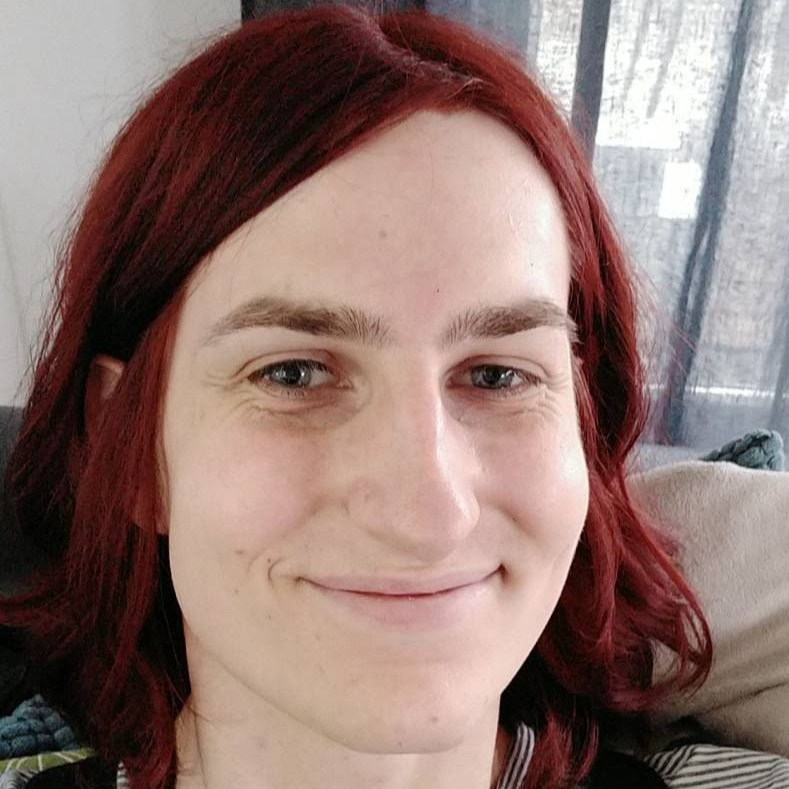
Andrea Nydegger
Breda University of Applied Sciences
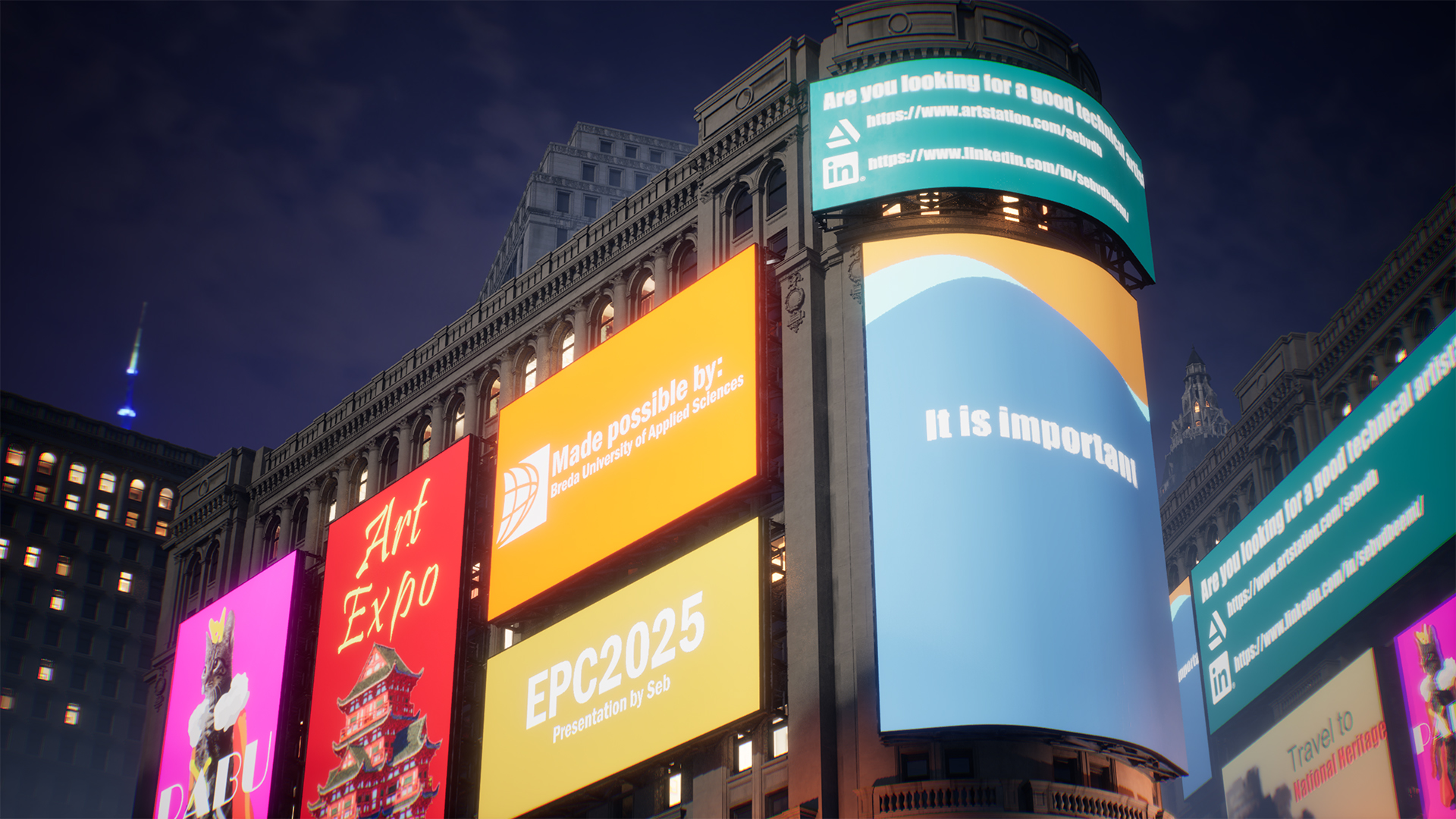
Procedural Workflows for Dynamic Billboards
During this presentation, Seb will present his dynamic billboard system. Not only does this system offer procedural solutions for billboard mesh generation, but it also offers systems for dynamic billboard displays. Most notably, the text system, which generates dynamic text in runtime inside of shaders to add custom texts.
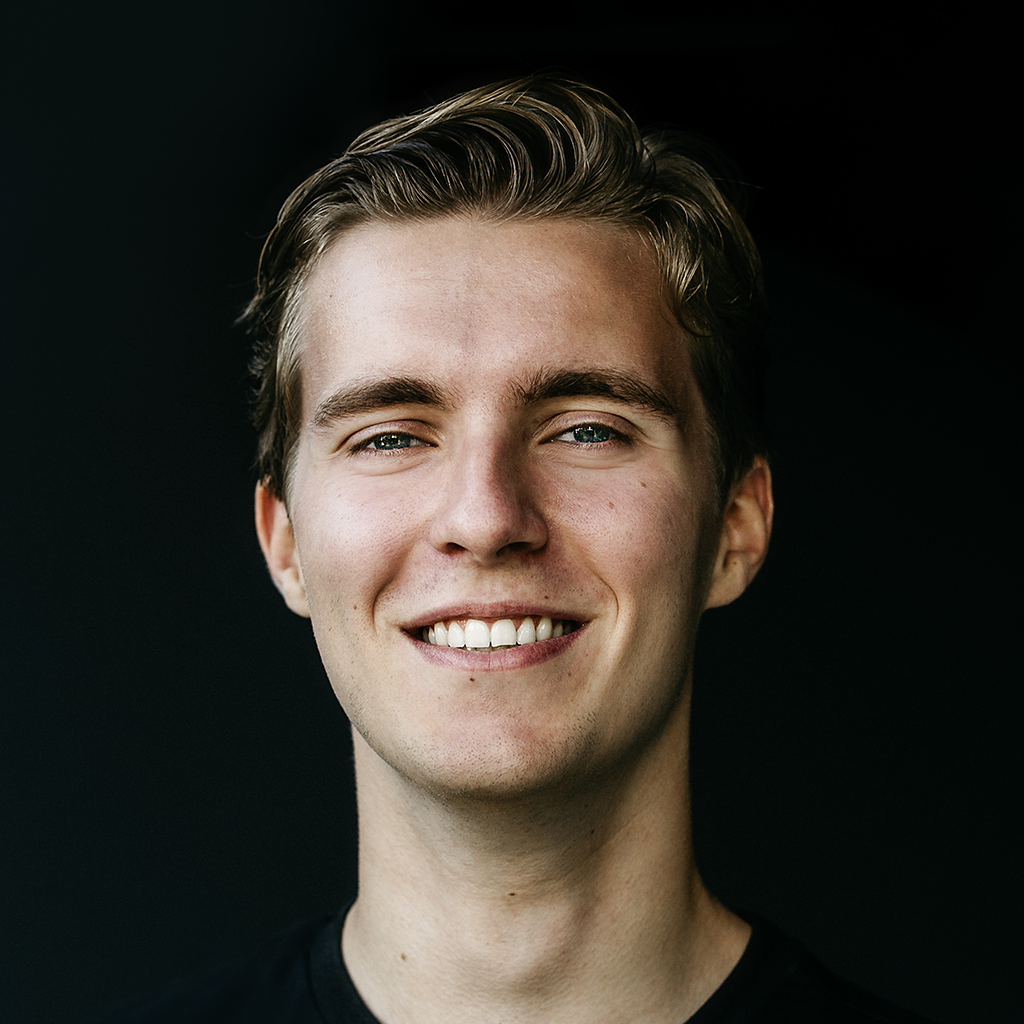
Seb van den Beemt
Breda University of Applied Sciences



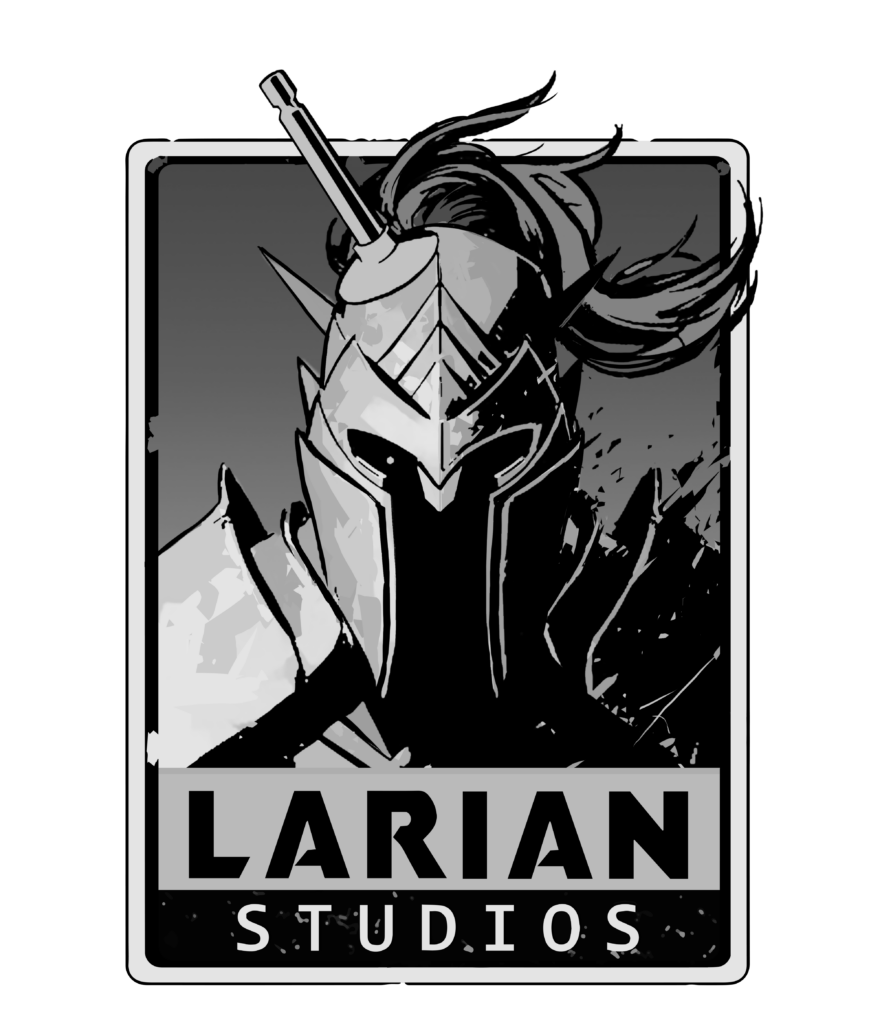

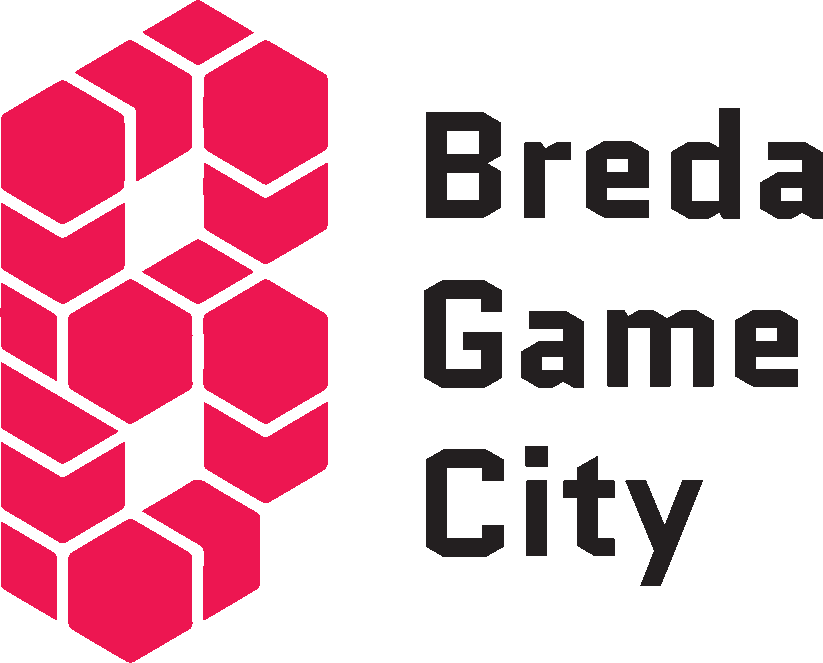

JOIN OUR NEWSLETTER
Discount is provided for students, alumni and group tickets.
Please provide the correct promotion code at checkout.
EPC2025_BUASSTUDENT – For BUas students
EPC2025_ALUMNI – For BUas alumni
EPC2025_STUDENTS – For students
WHERE TO FIND US
- Monseigneur Hopmansstraat 2, 4817 JS Breda